- Superb ride and handling balance
- A great size - compact on the outside but practical on the inside
- New transmission a vast improvement
- $42,000 drive away and halogen headlights?
- Poor real world fuel economy
- Plastic fantastic interior
It’s no secret that South Korean car maker Kia is on a roll currently, with a revitalised lineup, a new attitude and a wider variety of products helping it outsell even its Hyundai sibling in 2022. One of Kia’s star products is the Seltos small SUV, which sold over 8,500 units in 2022 – 4.3 per cent less than 2021, but still a healthy result in the market. The Seltos recently underwent its mid-life update, so is it still worth buying? We tested the 2023 Kia Seltos Sport+ AWD to find out.
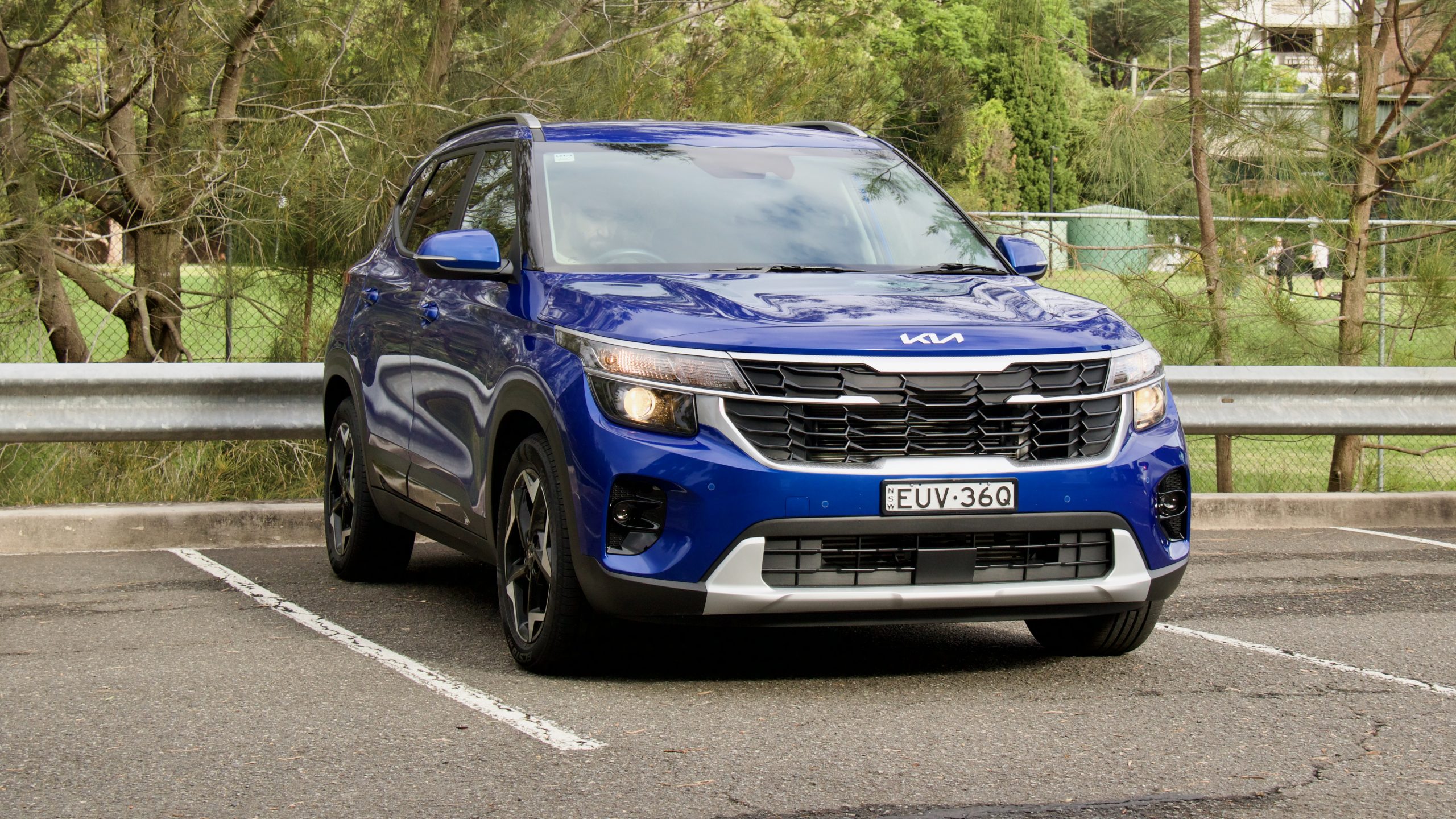
The Seltos competes in the heavily contested small SUV segment, but like the Mazda CX-30, Mitsubishi Eclipse Cross and Toyota Corolla Cross, it sits above a smaller SUV sibling – in this case, the also-popular Stonic. The Seltos’ update gave it new styling, new technological features like the dual 10.25-inch touchscreen and driver’s instrument cluster set-up and an upgraded 1.6-litre turbo-petrol engine. Has the upgrade made the Seltos a better buy against newer competition? Read on to find out.
Price & Equipment: 7/10
While the Seltos range starts at $29,500 plus on-road costs, we tested the second-from-top Sport+ fitted with the optional 1.6-litre turbo-petrol engine and all-wheel drive system, which is priced from $39,300 plus on-road costs (or $41,990 drive away).
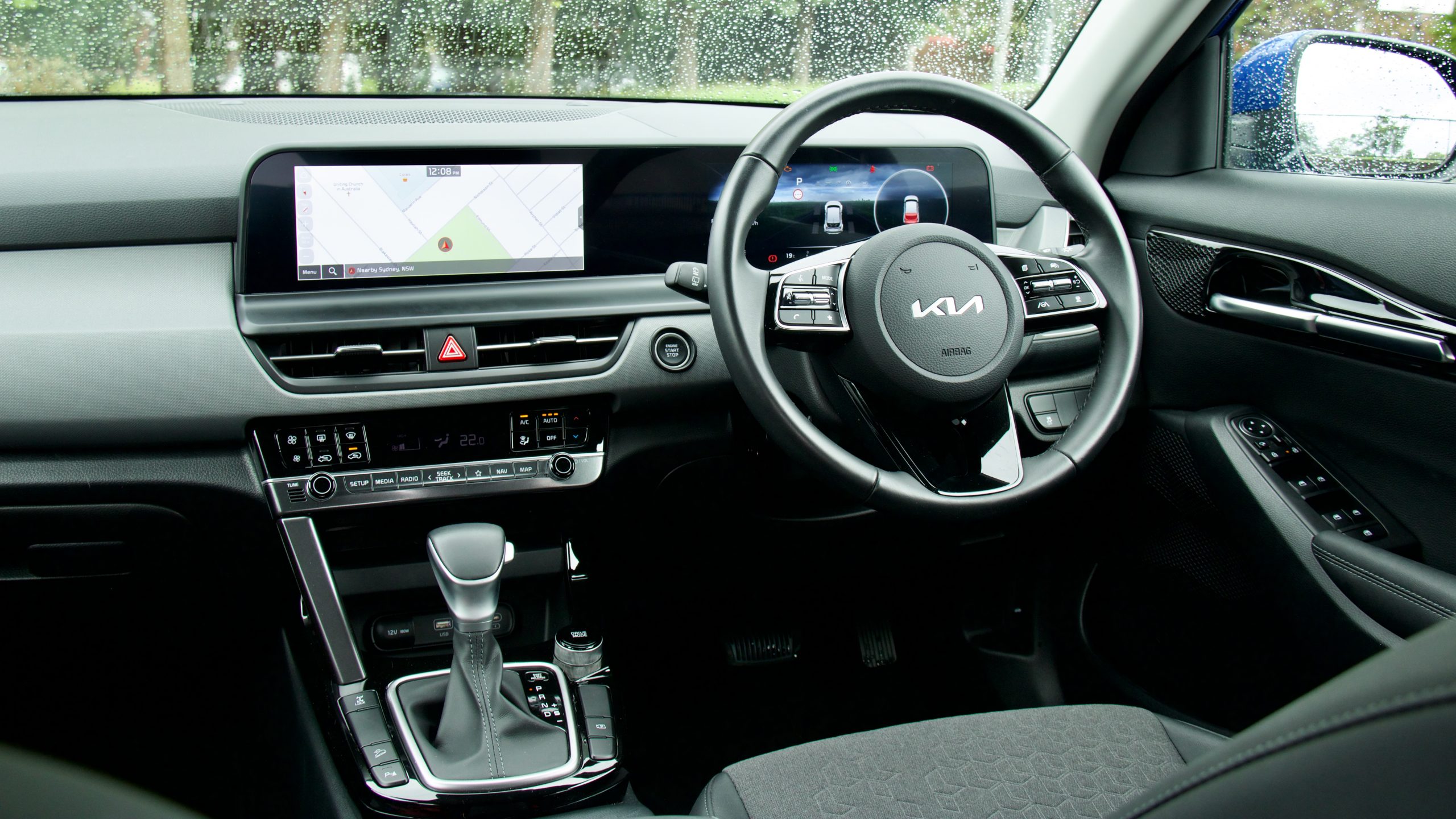
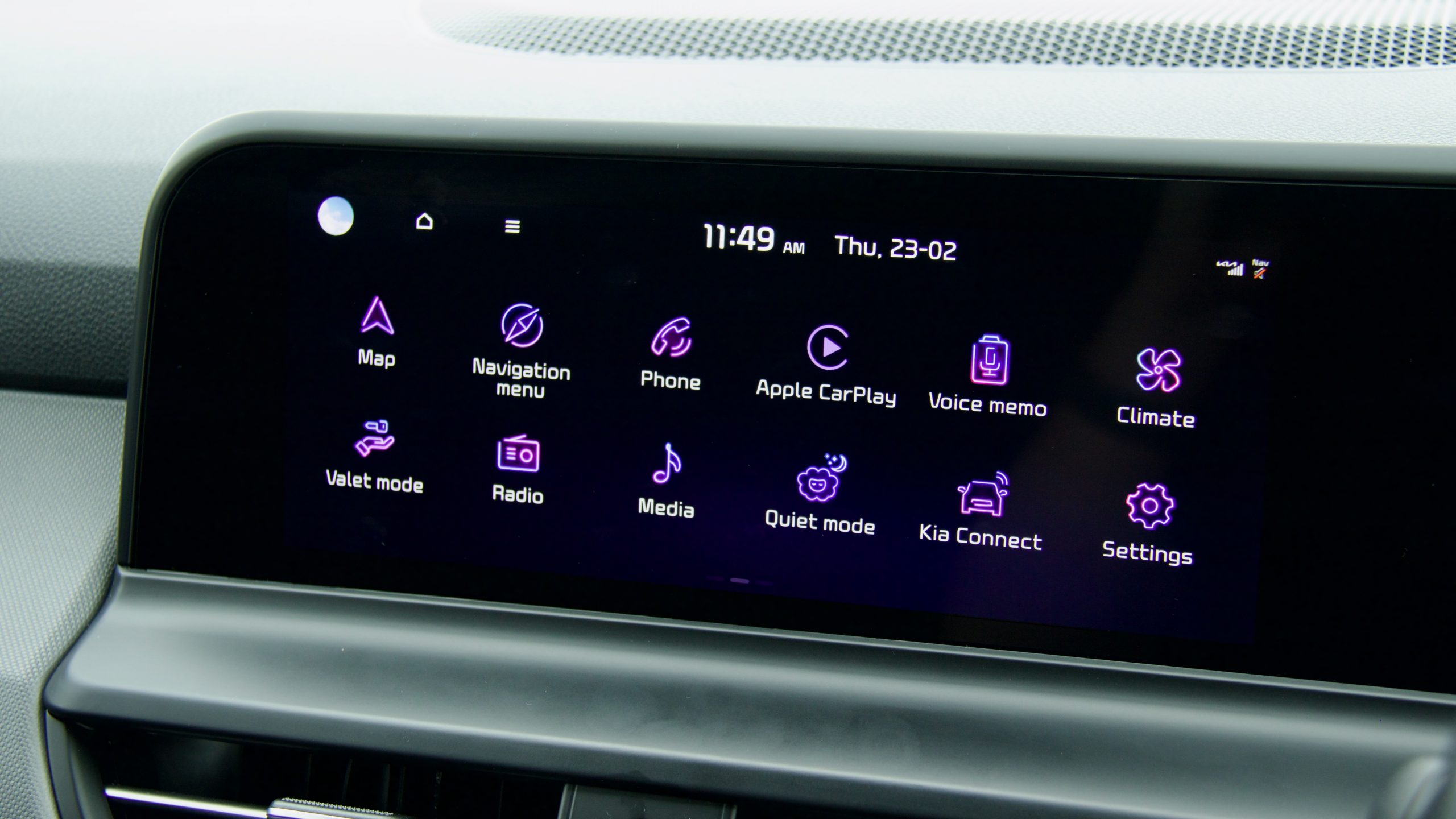
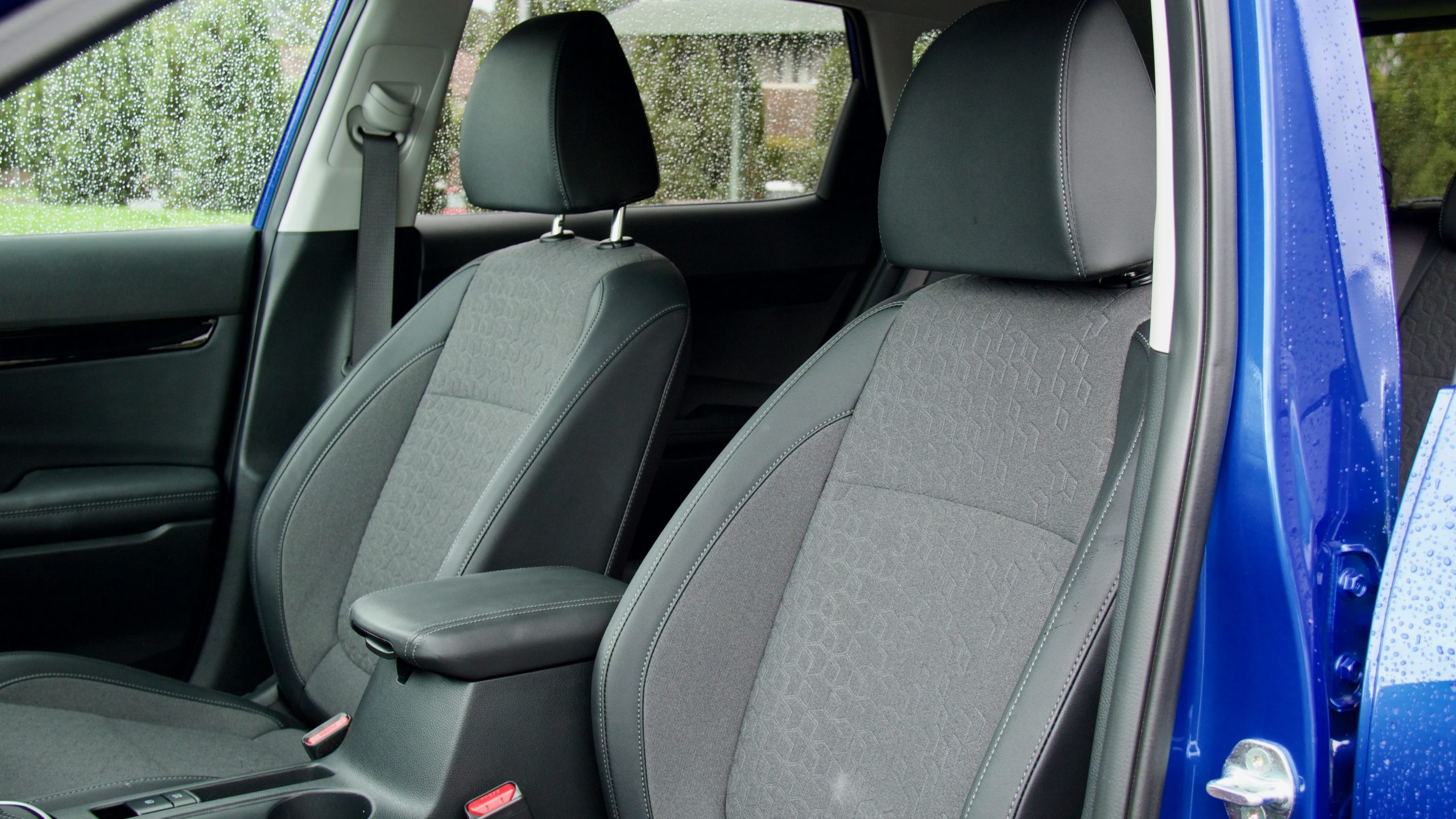
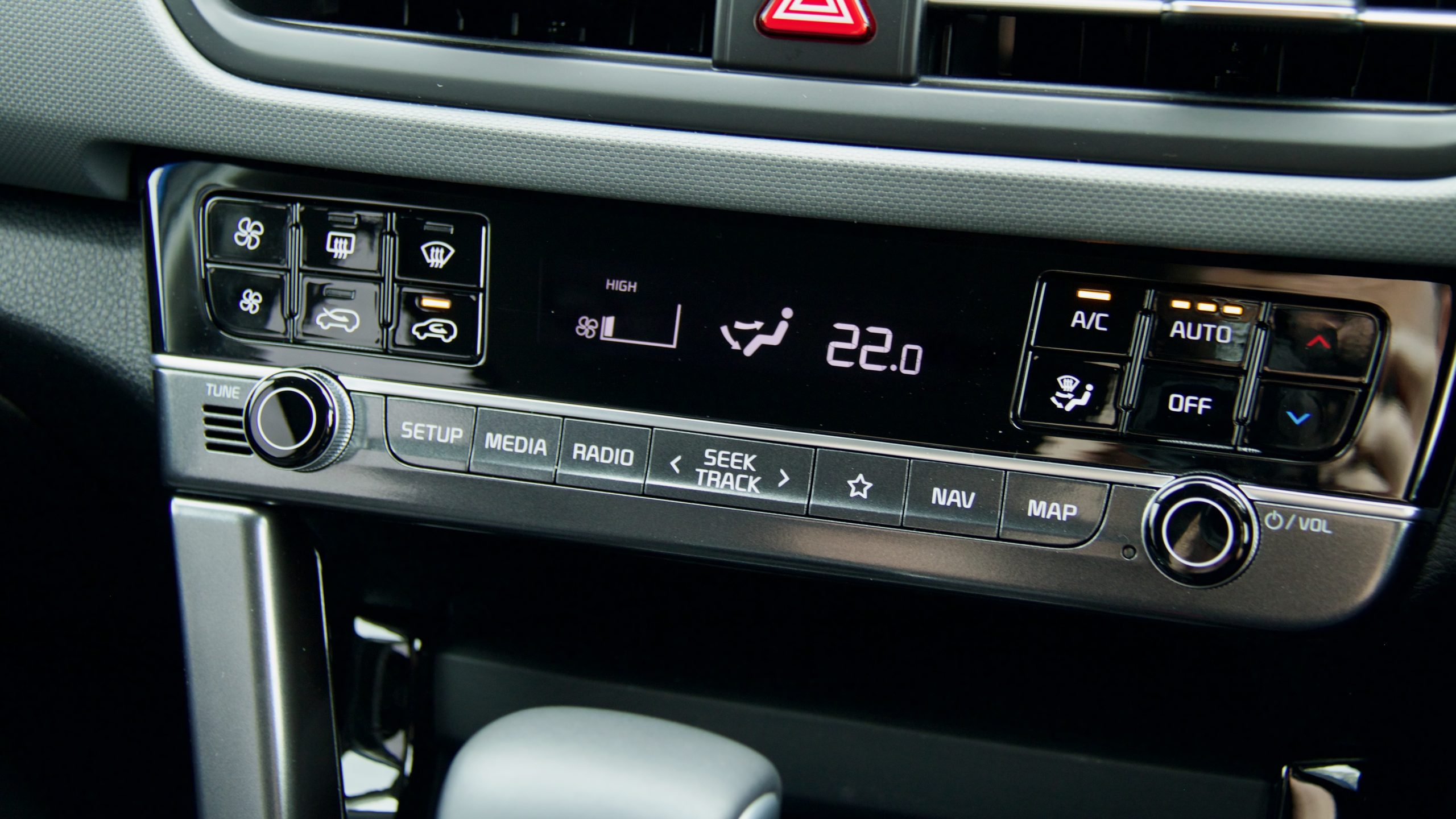
Standard equipment on the 2023 Kia Seltos Sport+ includes 17-inch alloy wheels, automatic halogen headlights with halogen daytime running lights, intermittent wipers, roof rails, keyless entry and start with remote start, heated and auto-folding mirrors, single-zone climate control with rear air vents, cloth and leather upholstery, a leather steering wheel and gear knob, a 10.25-inch touchscreen with wired Apple CarPlay and Android Auto, satellite navigation with live traffic, digital radio, four USB charging ports, a digital driver’s display and live services such as weather and traffic.
Safety equipment includes seven airbags, auto emergency braking (AEB) with pedestrian and cyclist detection, intersection assistance, lane keeping assistance with active lane tracing, adaptive cruise control with stop and go functionality, blind-spot monitoring with rear cross-traffic alert, auto high beam, driver attention monitoring with lead vehicle alert, intelligent speed sign recognition with active alerts, front and rear parking sensors and a reversing camera.
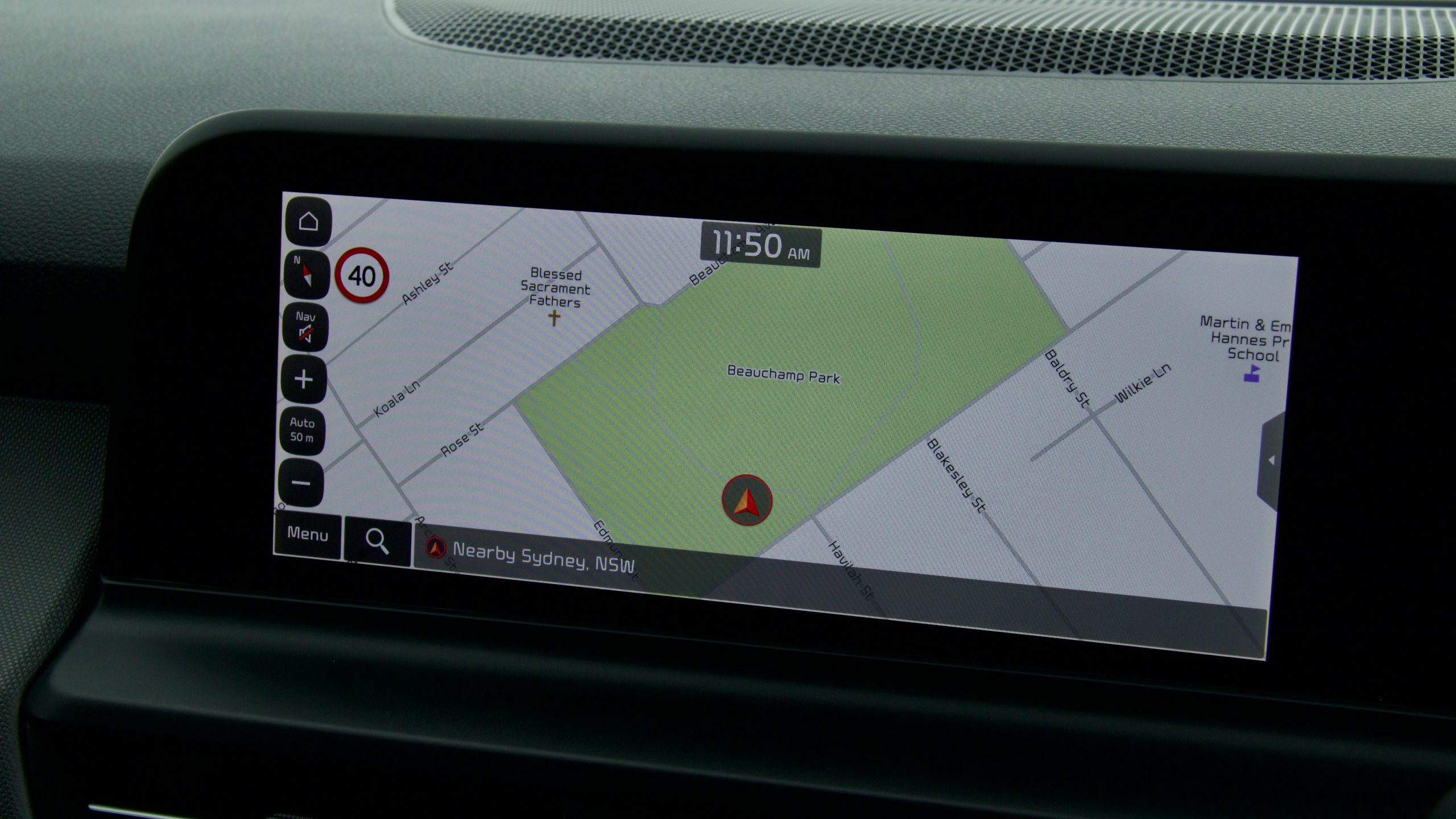
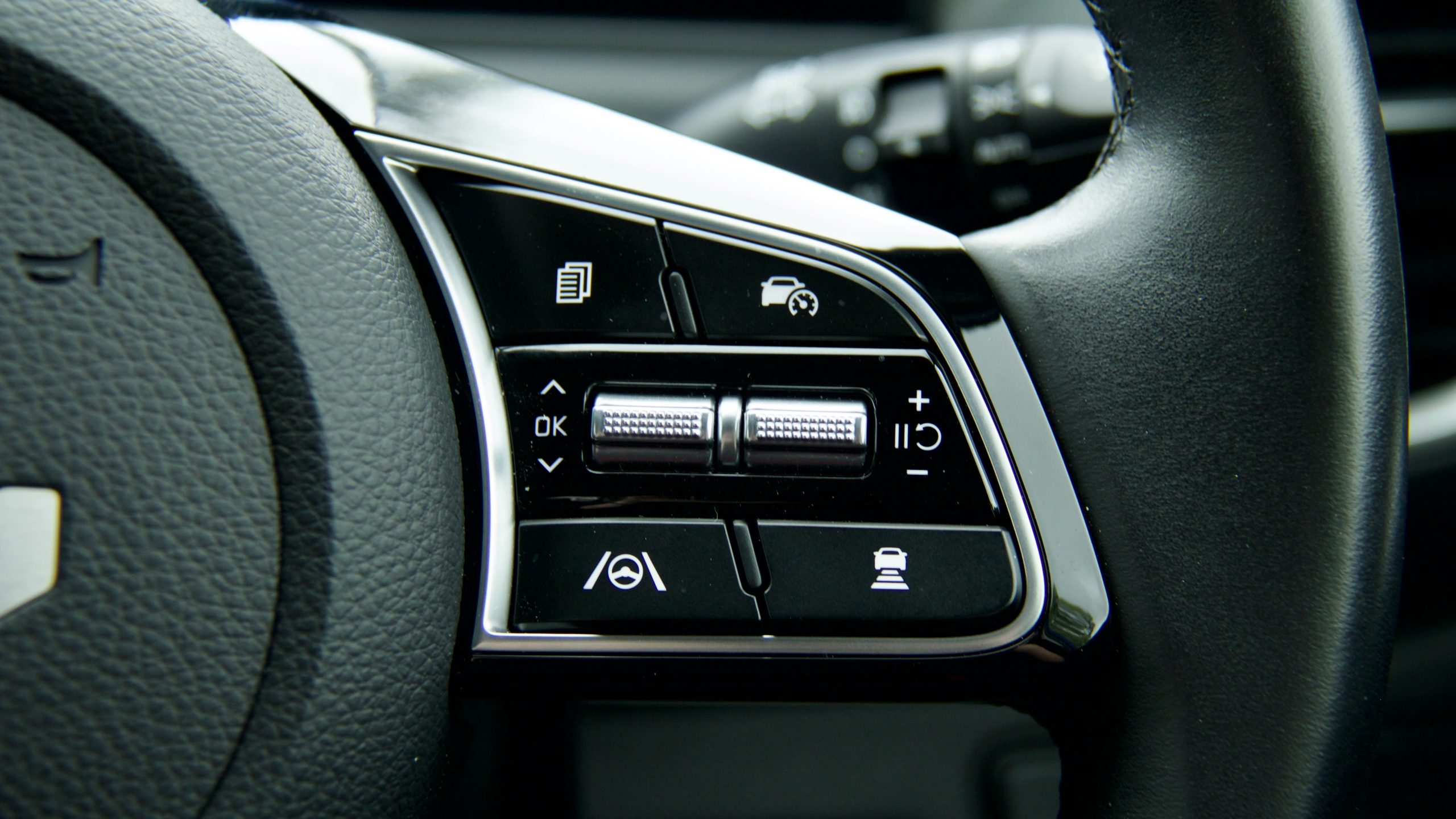
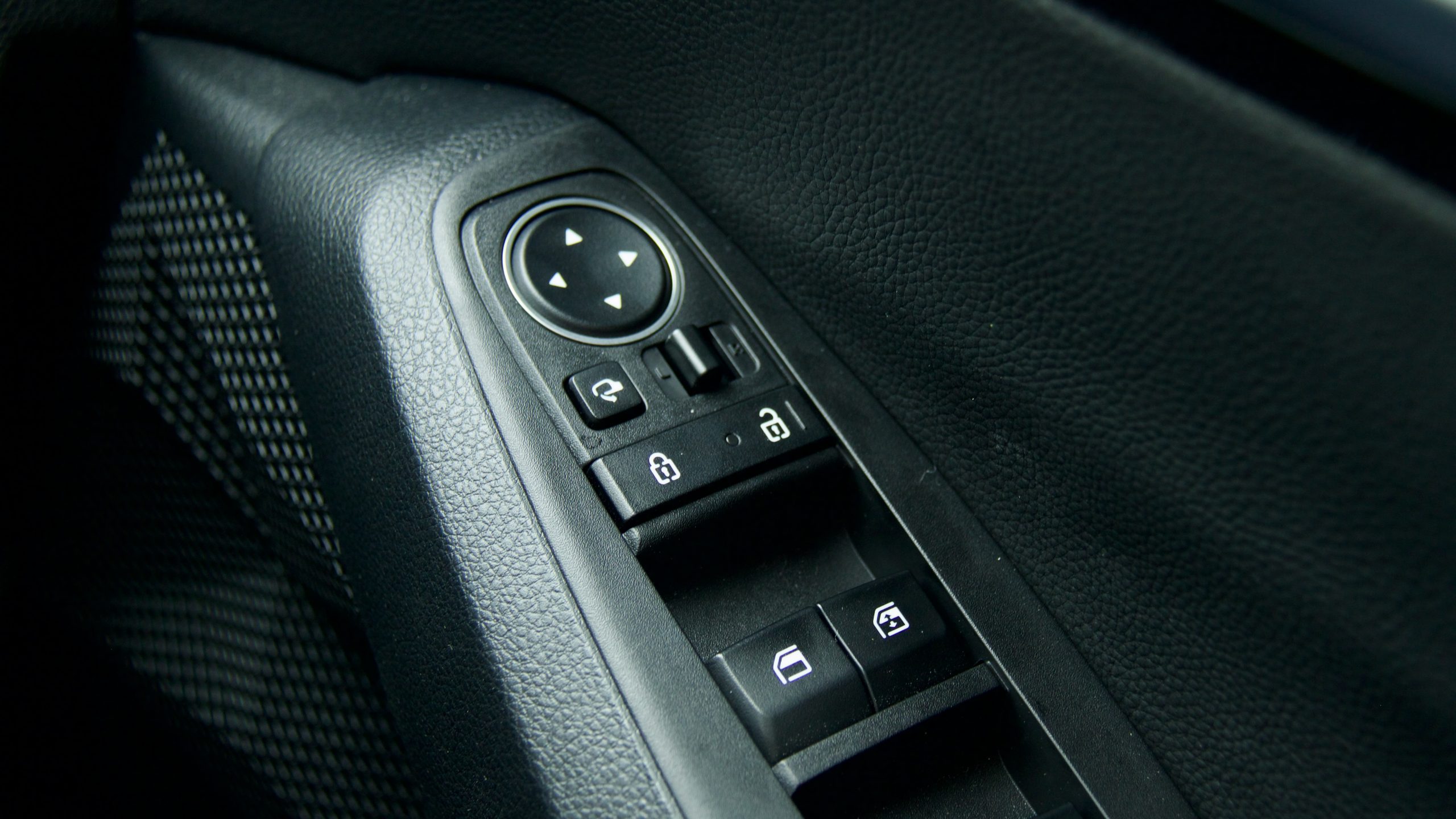
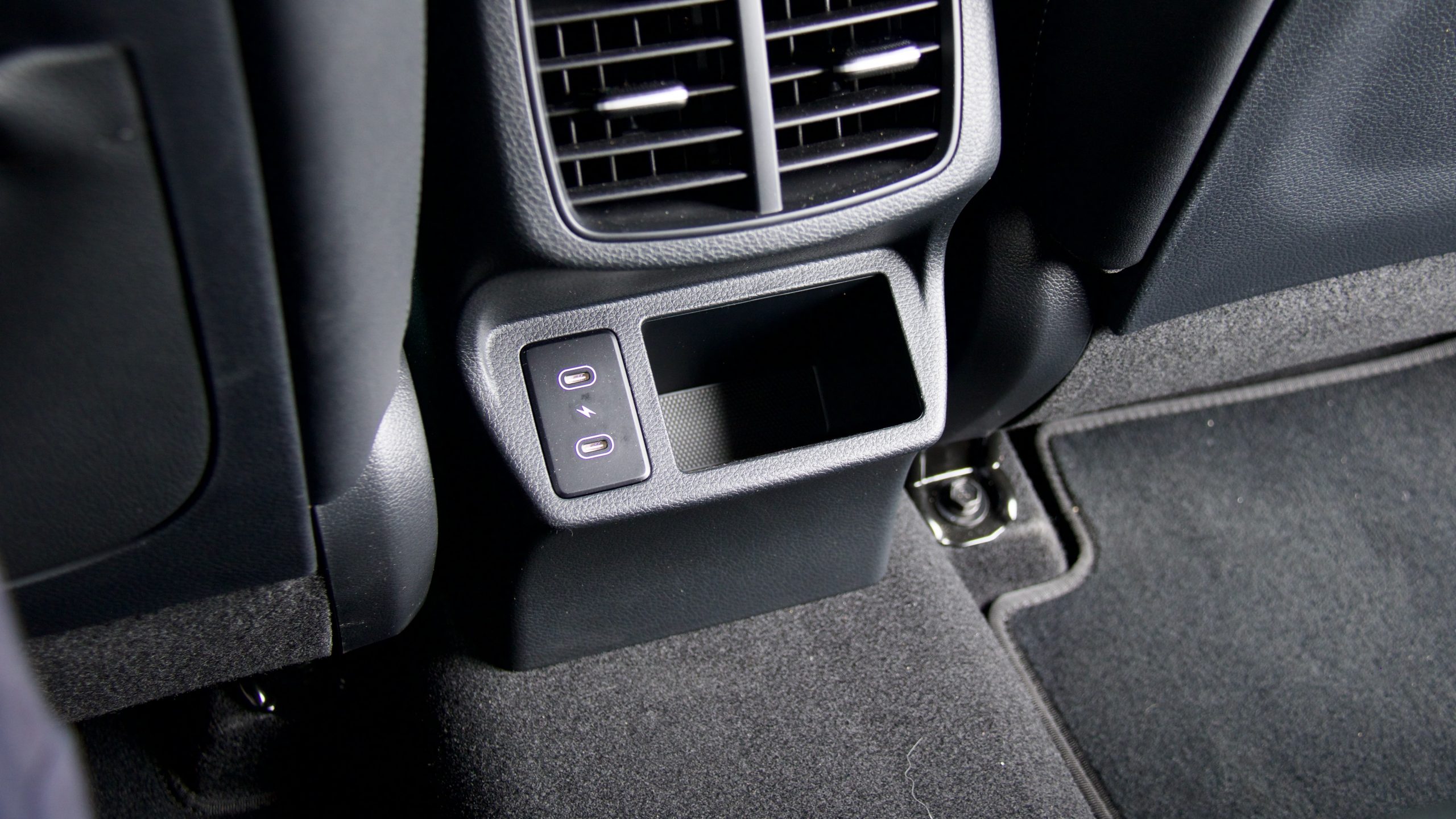
The only non-cost colour on the Sport+ is ‘Mars Orange’, with ‘Snow White Pearl’, ‘Steel Grey’, ‘Fusion Black’, ‘Gravity Grey’, ‘Pluton Blue’ and our test car’s ‘Neptune Blue’ costing $520 extra. Black cloth with synthetic leather trim is the only option for the Sport+.
Spending an extra $5,000 to get to the top-spec GT-Line nets a lot more equipment, including LED exterior lighting, larger 18-inch wheels, automatic wipers, leather trim, electric front seats, a Bose sound system, heated and cooled front seats, a heated steering wheel, an electric tailgate, a sunroof and a heads-up display. $5,000 extra for all of that kit is not a huge amount, and the Seltos lineup feels set up to drive buyers to the GT-Line. We think the Sport+ should have more equipment to justify its pricing – LED headlights and automatic wipers should be standard across the range, while the Sport+ should also have kit like a wireless phone charger, an electric driver’s seat and an electric tailgate.
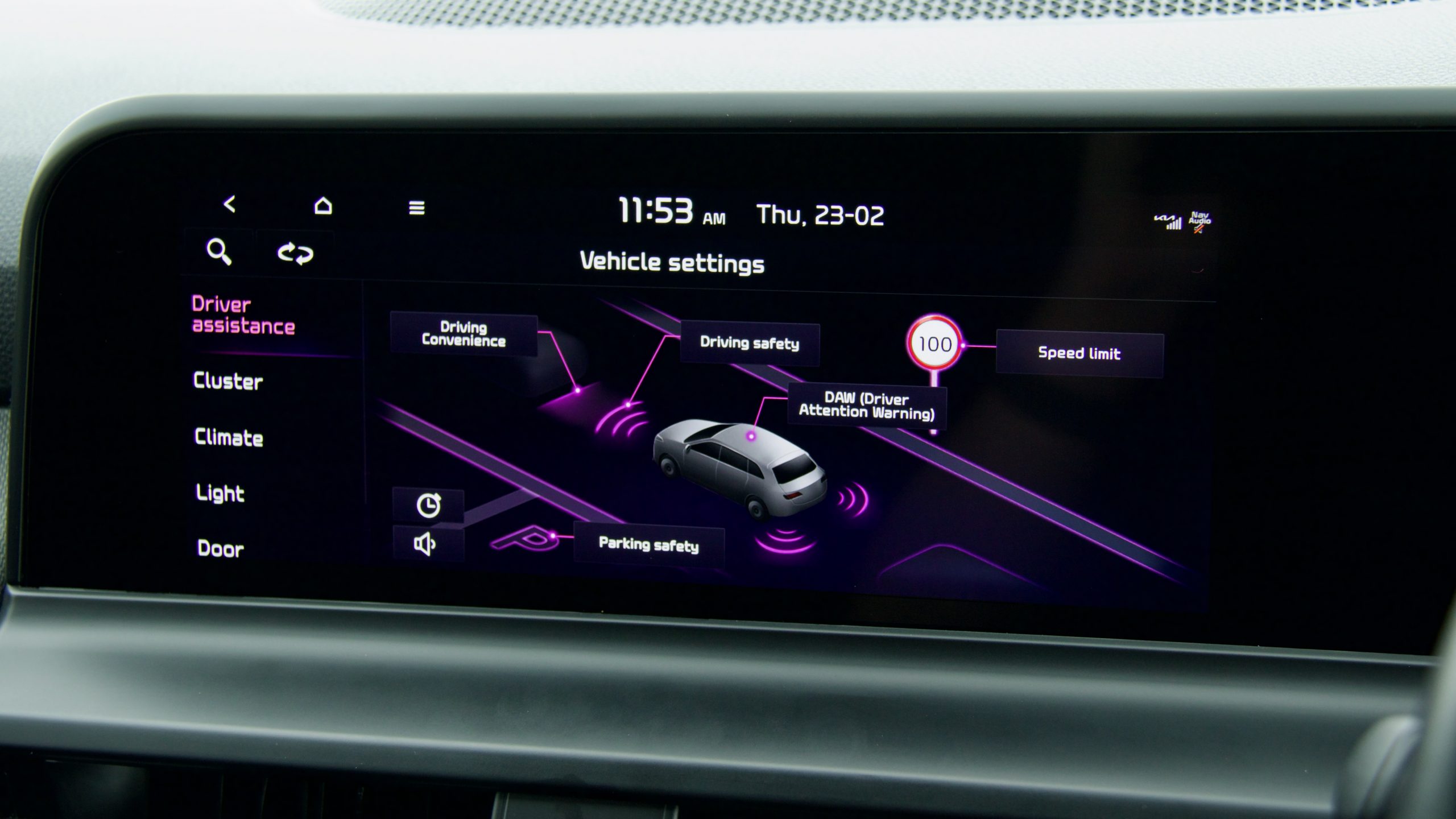
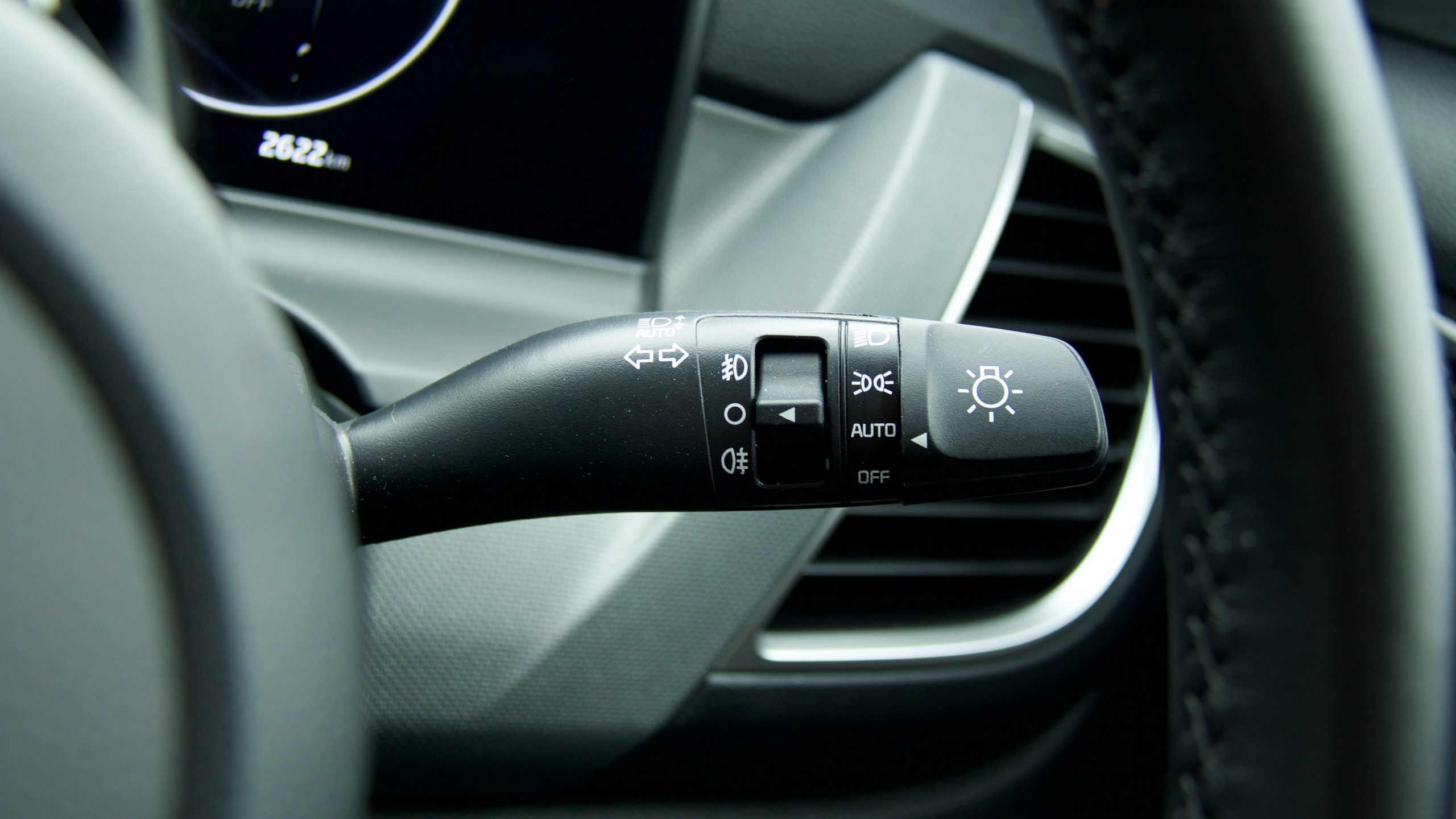
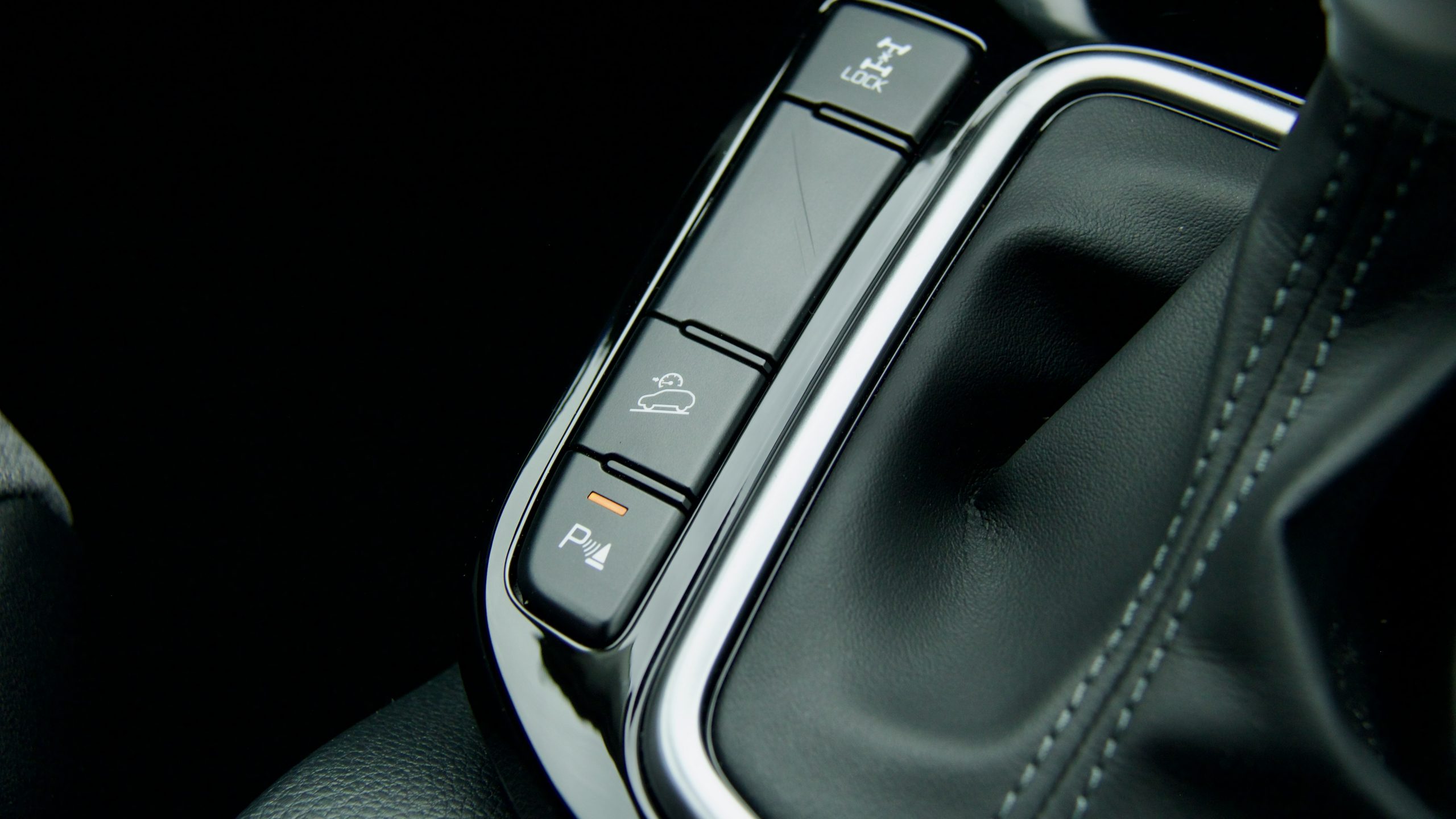
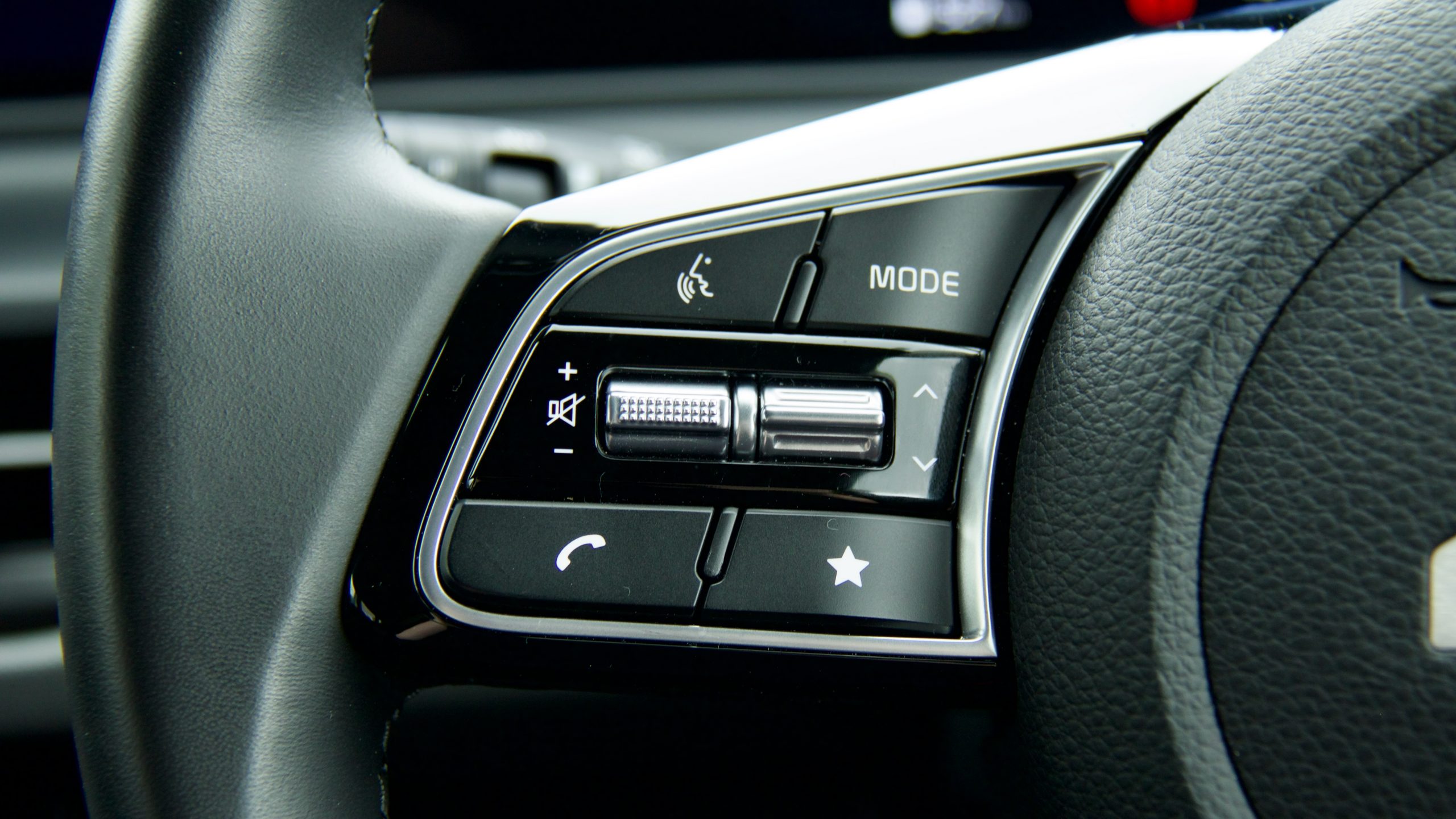
We think the Mazda CX-30 G25 Touring AWD (around $44,500 drive away) and Toyota Corolla Cross GXL Hybrid AWD (around $46,500 drive away) are the Seltos Sport+ AWD’s closest rivals. Over the Seltos Sport+, the Corolla Cross adds LED headlights with scrolling LED front indicators, an extra airbag, leather upholstery, four automatic windows, a slightly larger centre screen with wireless phone mirroring, an extra zone of climate control and a hybrid drivetrain. The Seltos has a full-size spare wheel, remote start and a digital instrument cluster over the Corolla Cross – but while the Toyota is more expensive, it does add quite a lot of kit over the Kia.
Against the CX-30 Touring, the Seltos looks better value than it does against the Corolla Cross. Over the Mazda, the Kia adds rear charging ports, remote start, a larger touchscreen infotainment system with live services and a fully digital instrument cluster. But the Mazda only adds leather trim, dual-zone climate control, all-LED lighting, automatic wipers and a heads-up display.
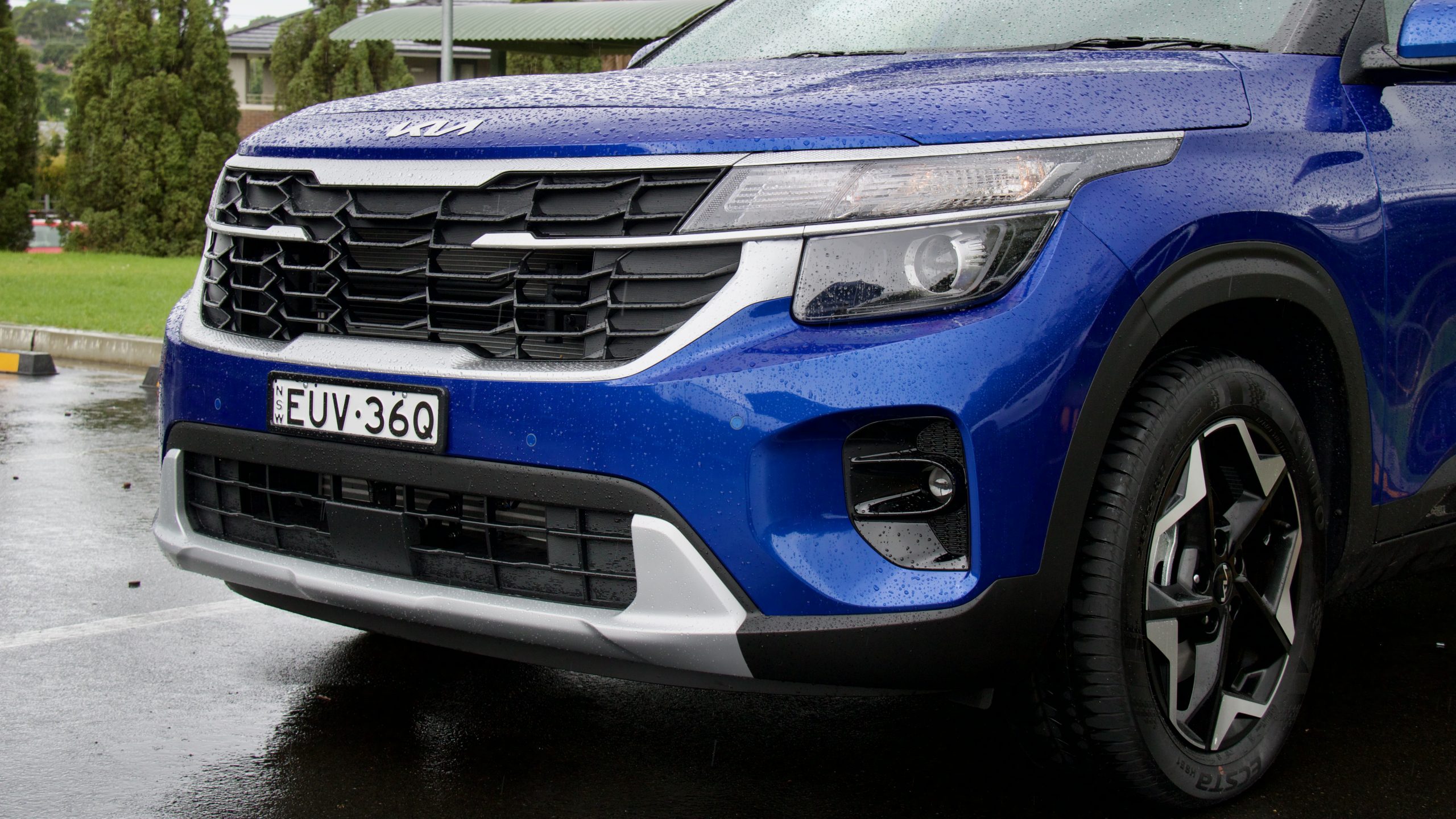
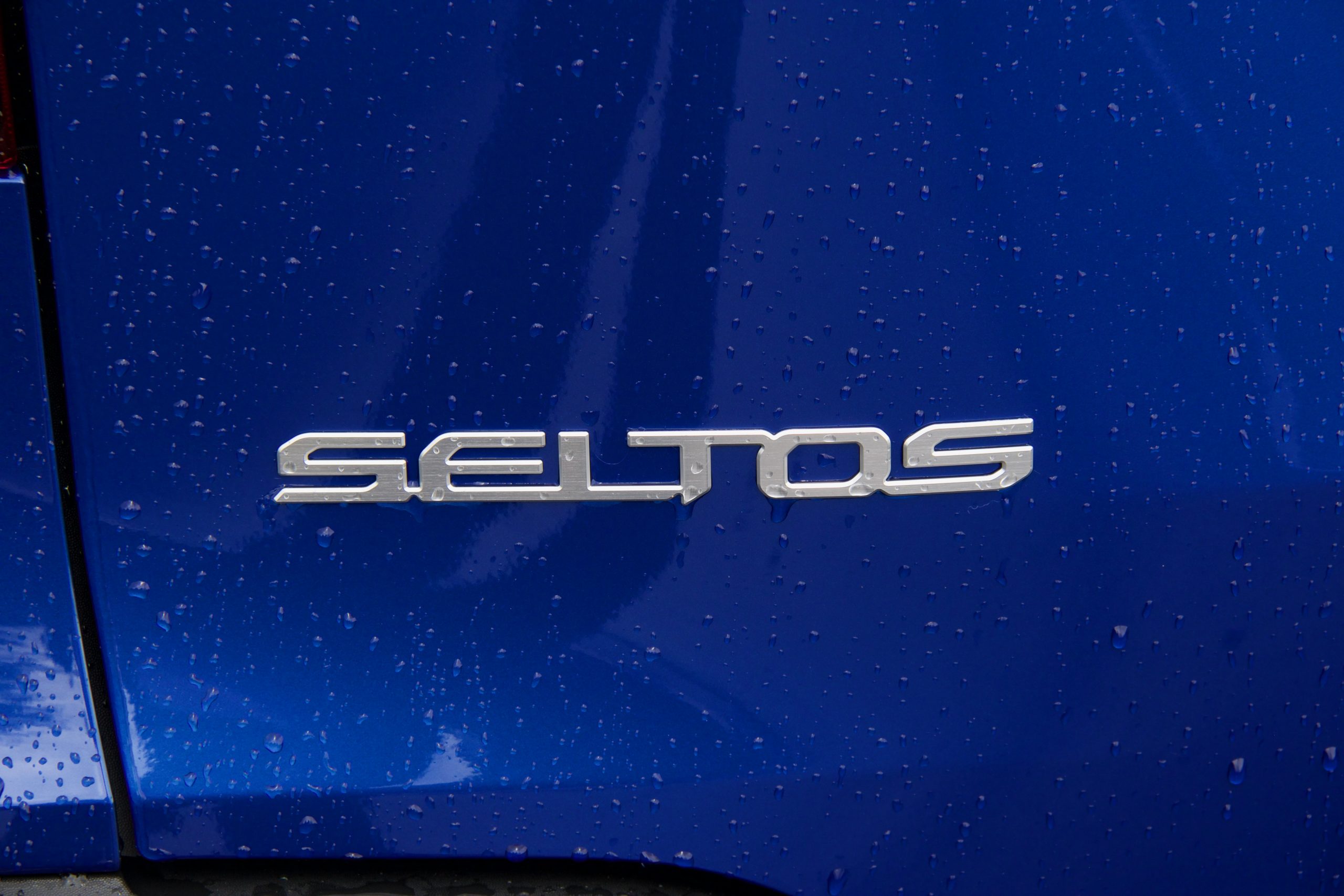
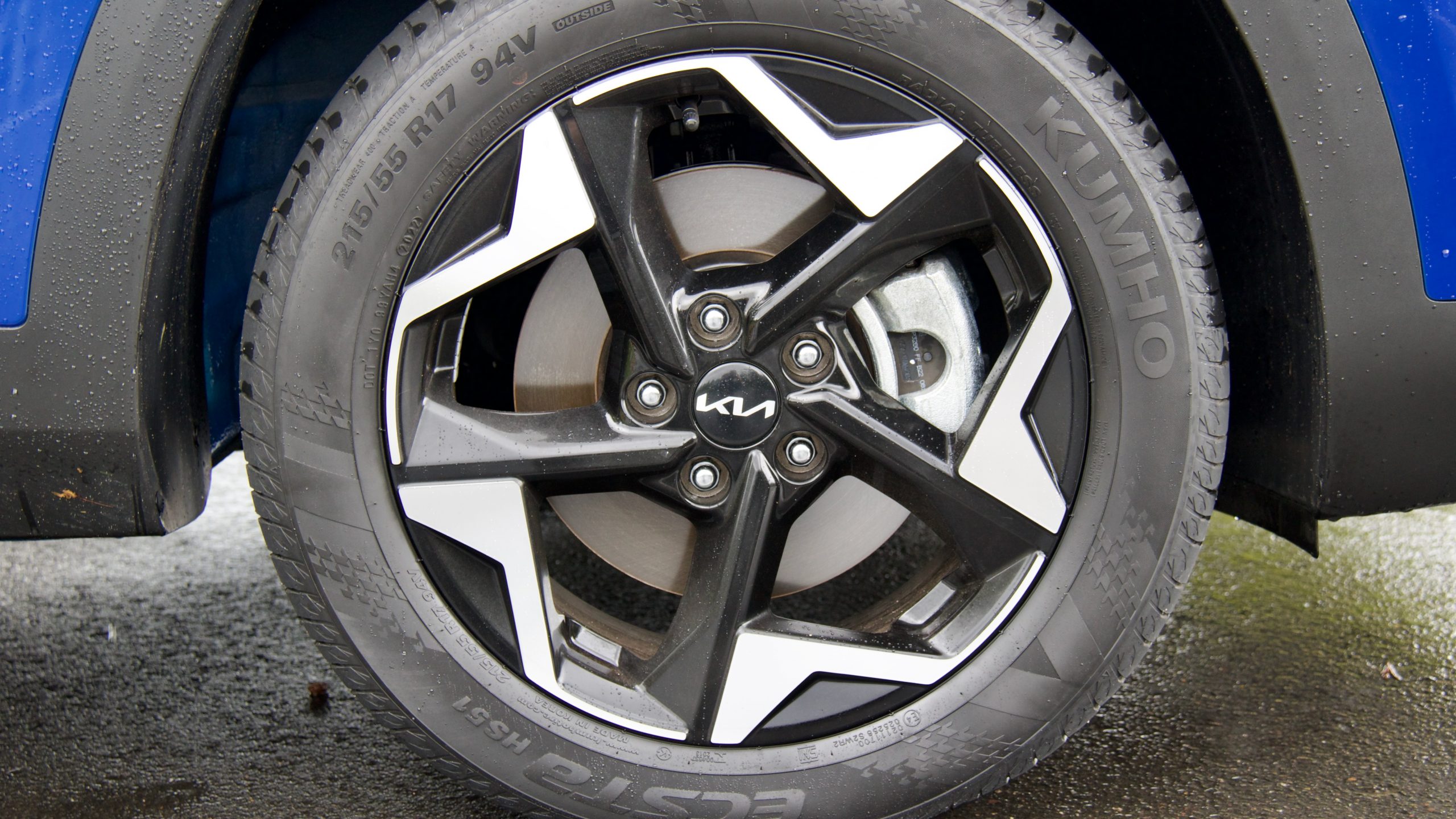
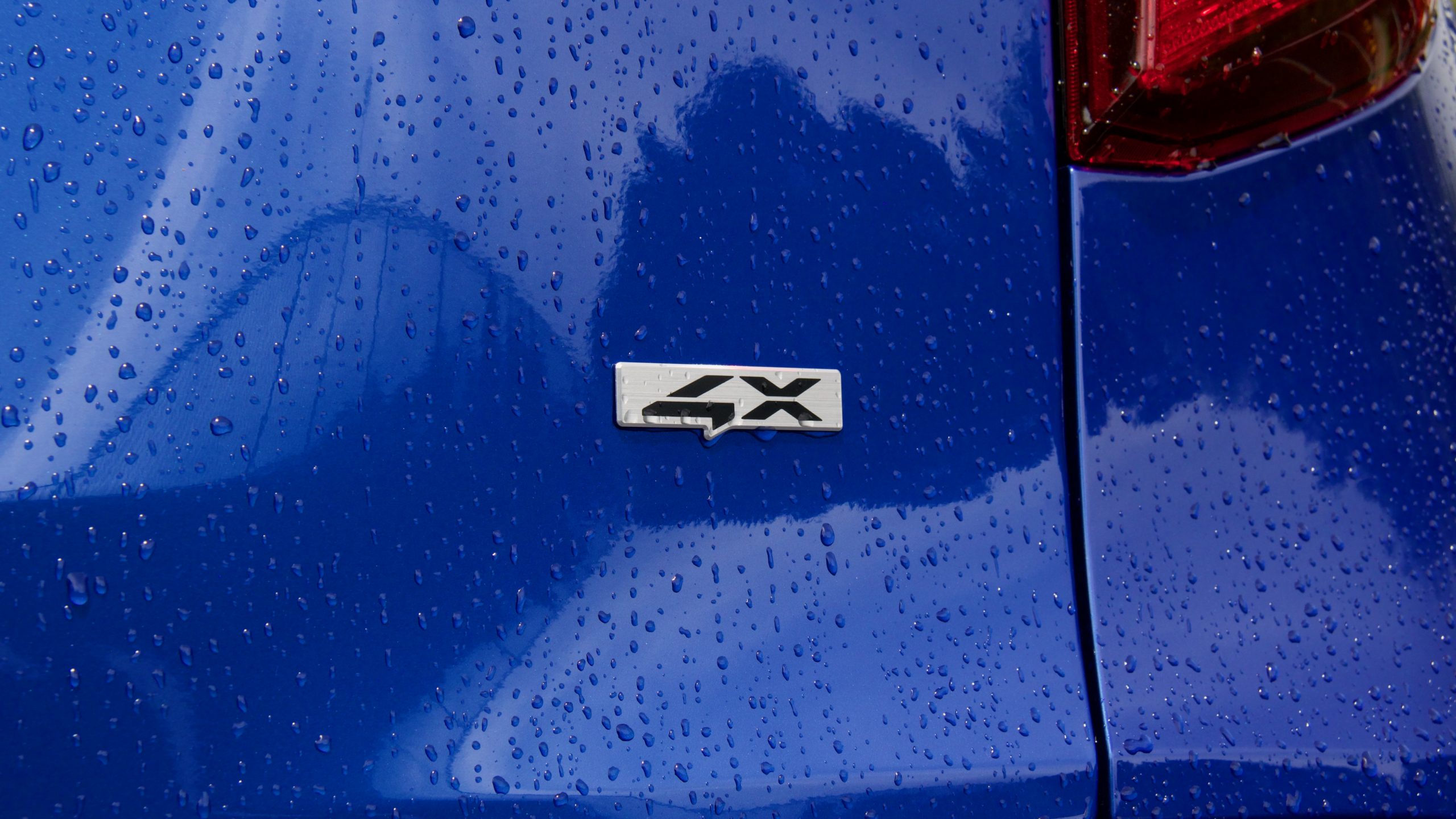
Another point to consider in the Seltos’ value equation is that the larger, newer and better equipped Sportage SX petrol automatic is around the same price. Yes, it doesn’t have all-wheel drive for the money, and its engine is smaller, but it’s a physically larger car and it has more equipment like LED lighting, automatic wipers, dual-zone climate control and so on. The Seltos’ value equation needs work, in our opinion.
Performance & Economy: 8/10
As with the pre-facelift Seltos, there are two engine options for the Seltos Sport+: a 110kW/180Nm 2.0-litre engine or for an extra $3,500, the same 1.6-litre turbo petrol engine as before – but crucially, it now makes more power (146kW/265Nm) and is mated to an eight-speed torque converter automatic instead of the seven-speed dual-clutch automatic of the pre-facelifted car and the CVT automatic of the 2.0-litre engine. The 2.0-litre Seltos is front-wheel drive, and the 1.6-litre turbo Seltos upgrades to all-wheel drive with a multi-link rear suspension set up.
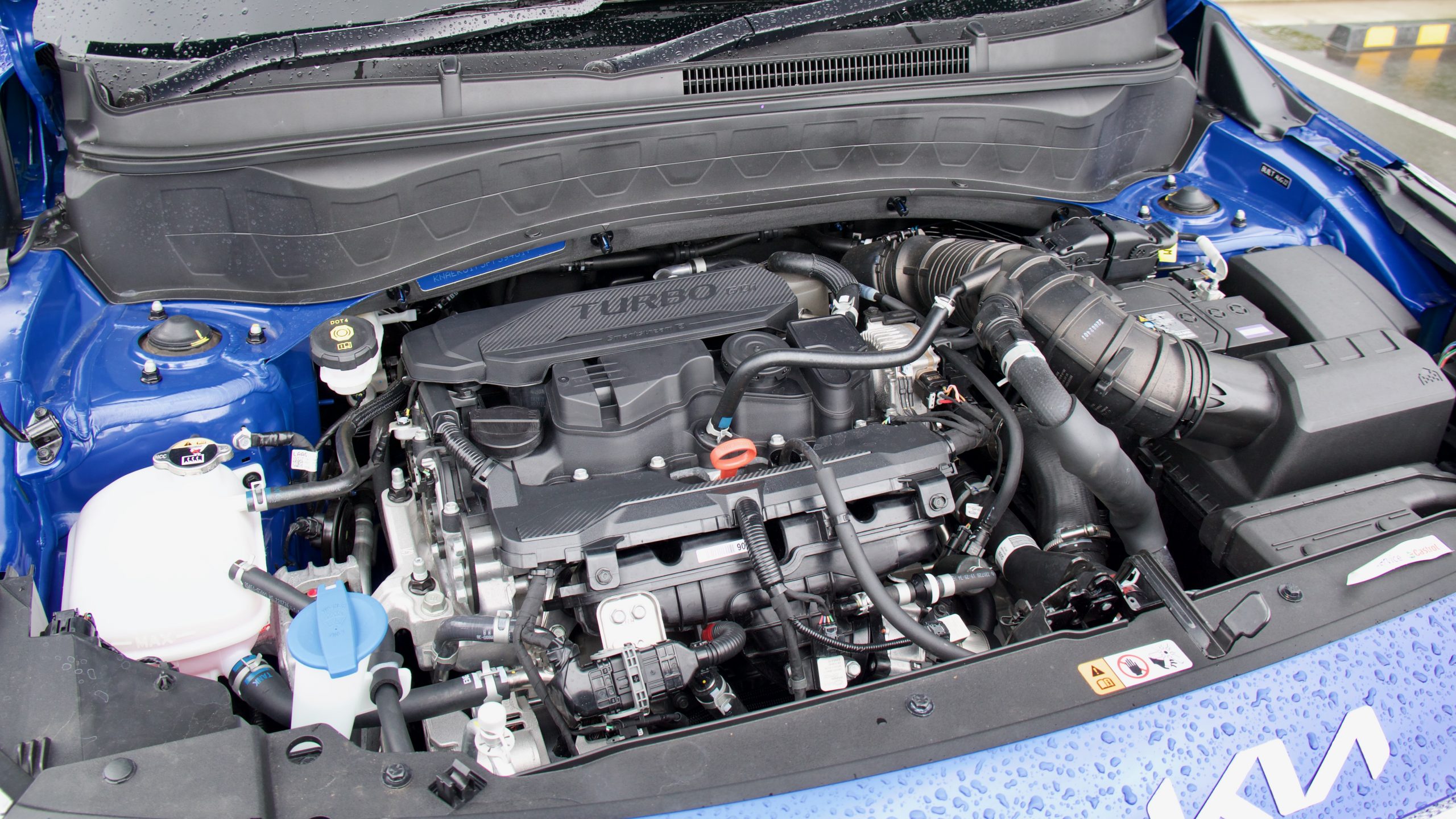
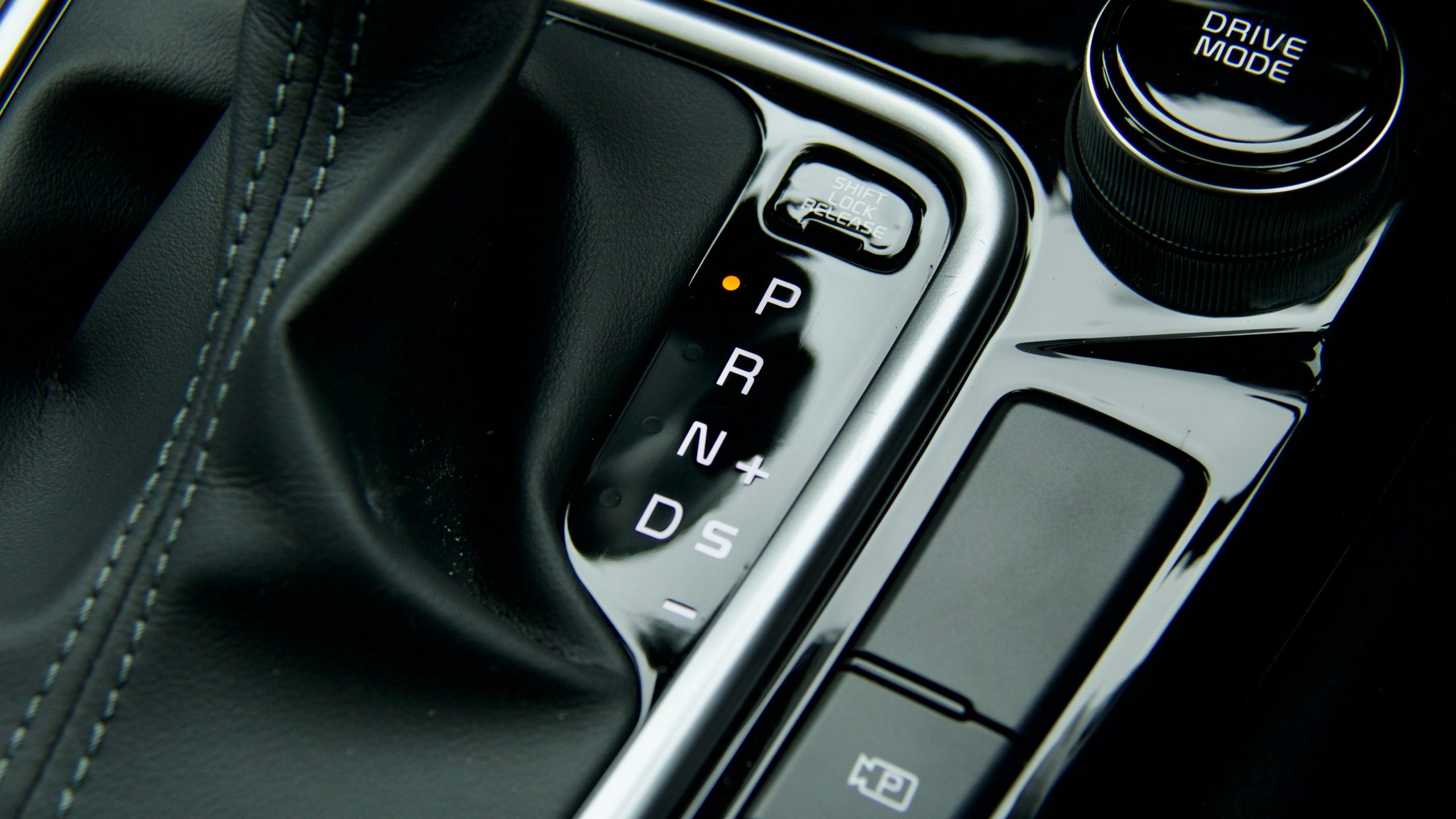
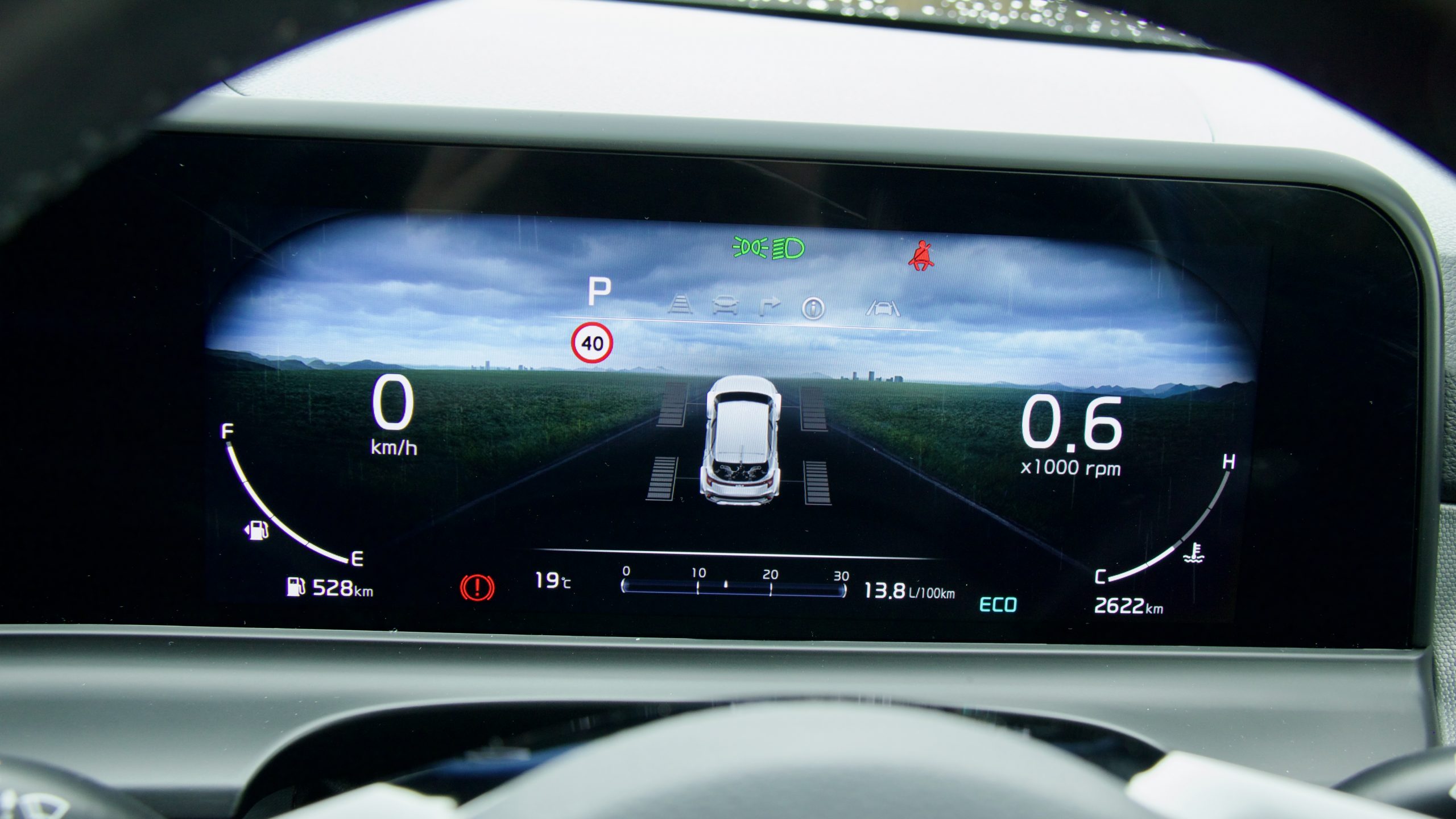
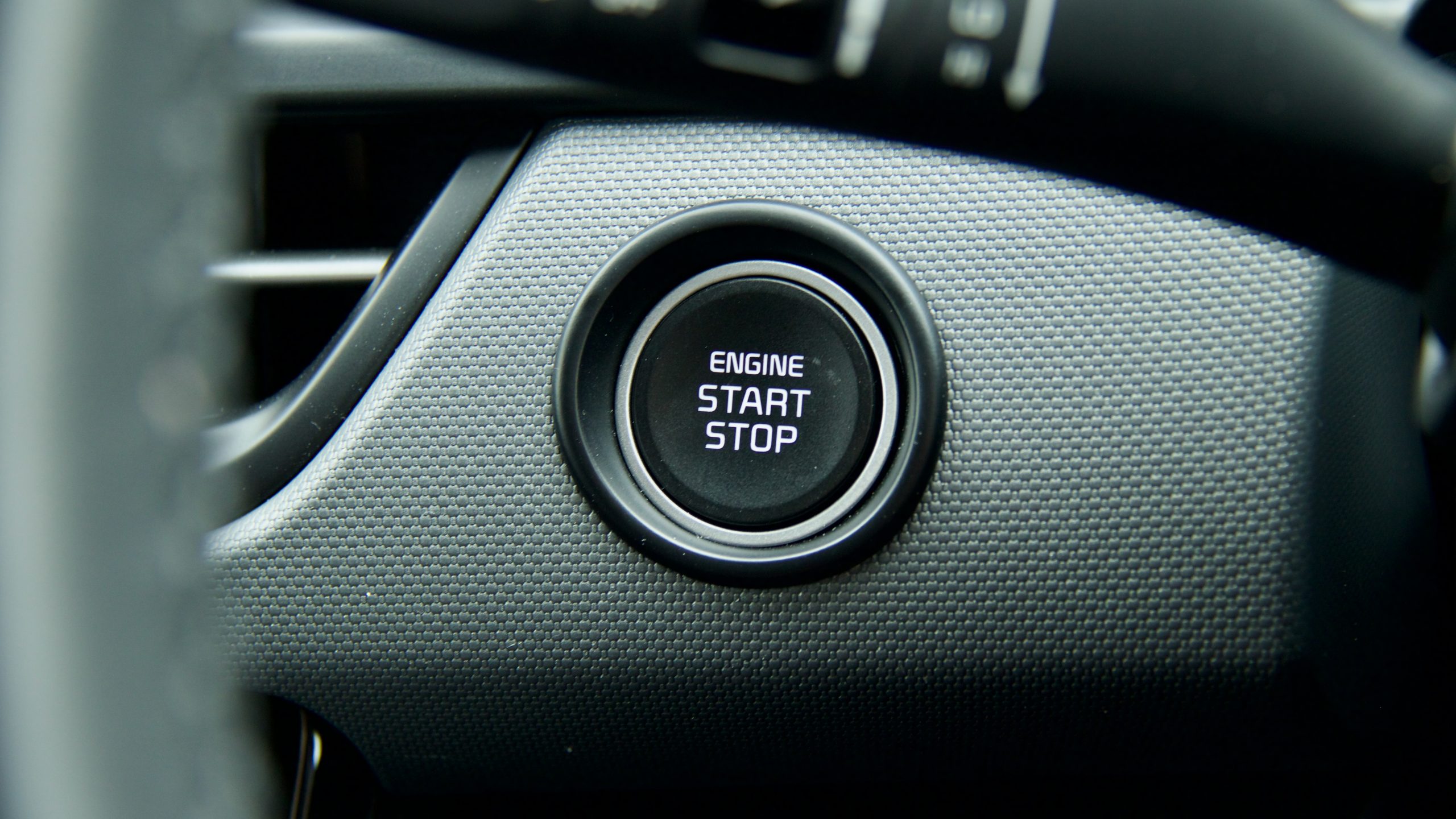
The 1.6-litre turbo-petrol engine in the Seltos Sport+ AWD is the same unit that features in a plethora of other Kia products, like the Sportage and Cerato GT. The 2023 upgrades to make it more powerful (146kW versus 130kW) have made it feel punchier than before, and its raspy exhaust note also sounds nice too. In regular driving, it’s more than punchy enough and along with its Kona N-Line cousin, makes it the fastest non-sporty small SUV.
The new eight-speed torque converter automatic transmission is a massive improvement on the seven-speed dual-clutch auto that came before it. Gone is the DCT’s low speed hesitancy and in its place, a largely totally normal driving experience. Its shifts are crisp and precise, and it’s generally quite intuitive too. If you want a sportier driving experience, putting it in sport or manual mode makes it more lively. We hope this transmission replaces the seven-speed DCT in the Hyundai Kia ranges – cars like the i30 N Line, Sportage, Tucson and aforementioned Cerato GT use it currently – because it’s far superior.
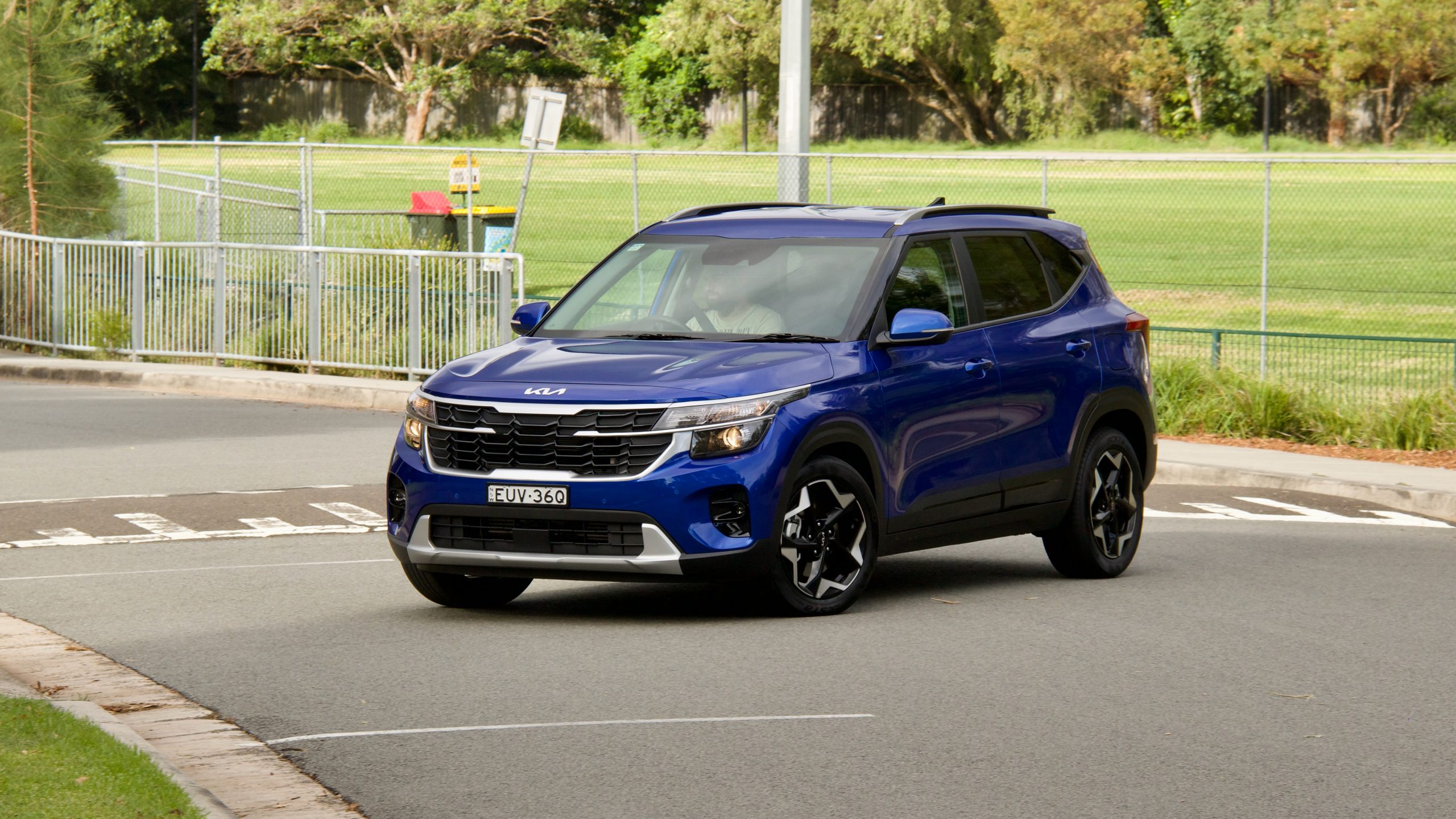
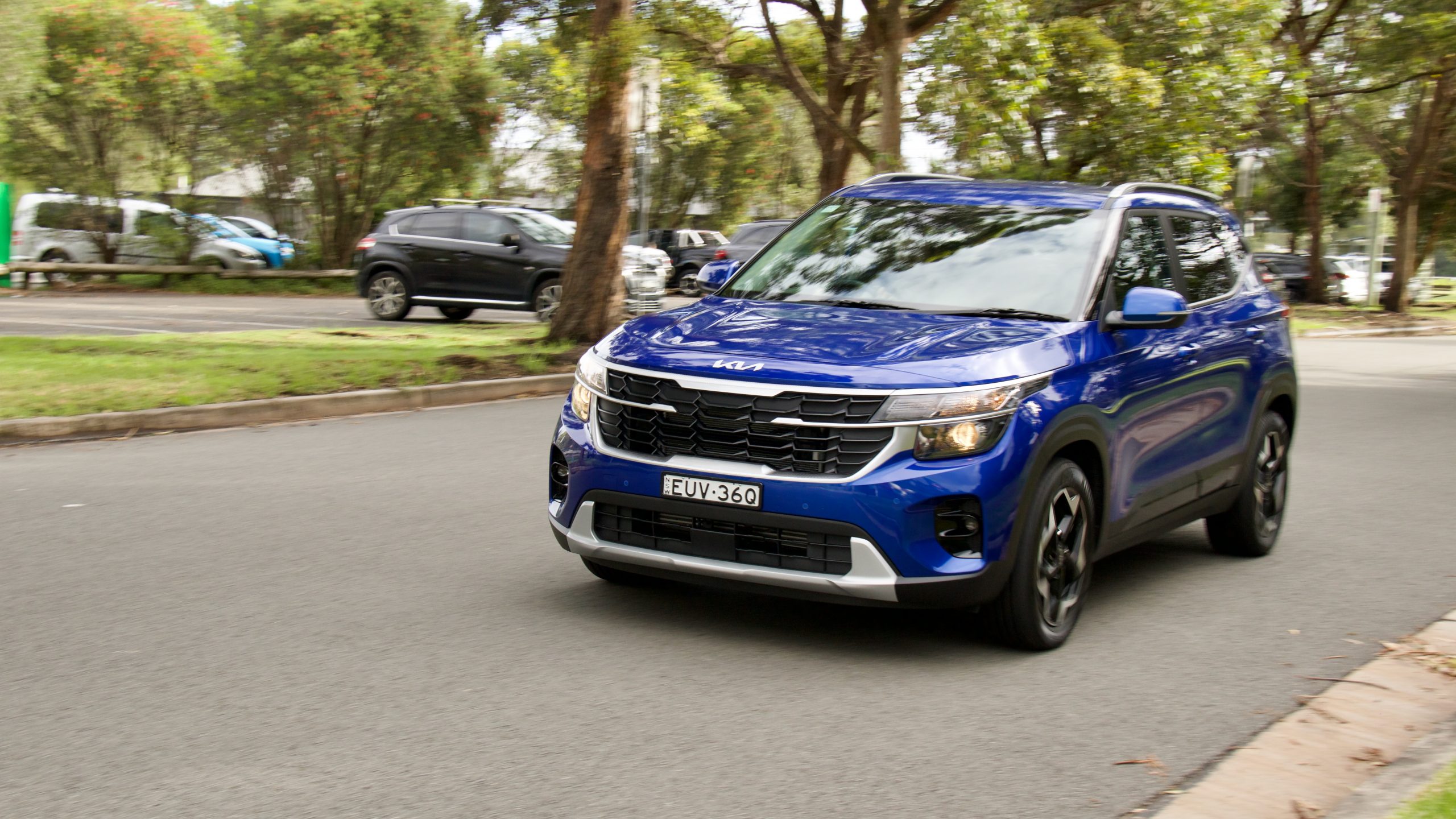
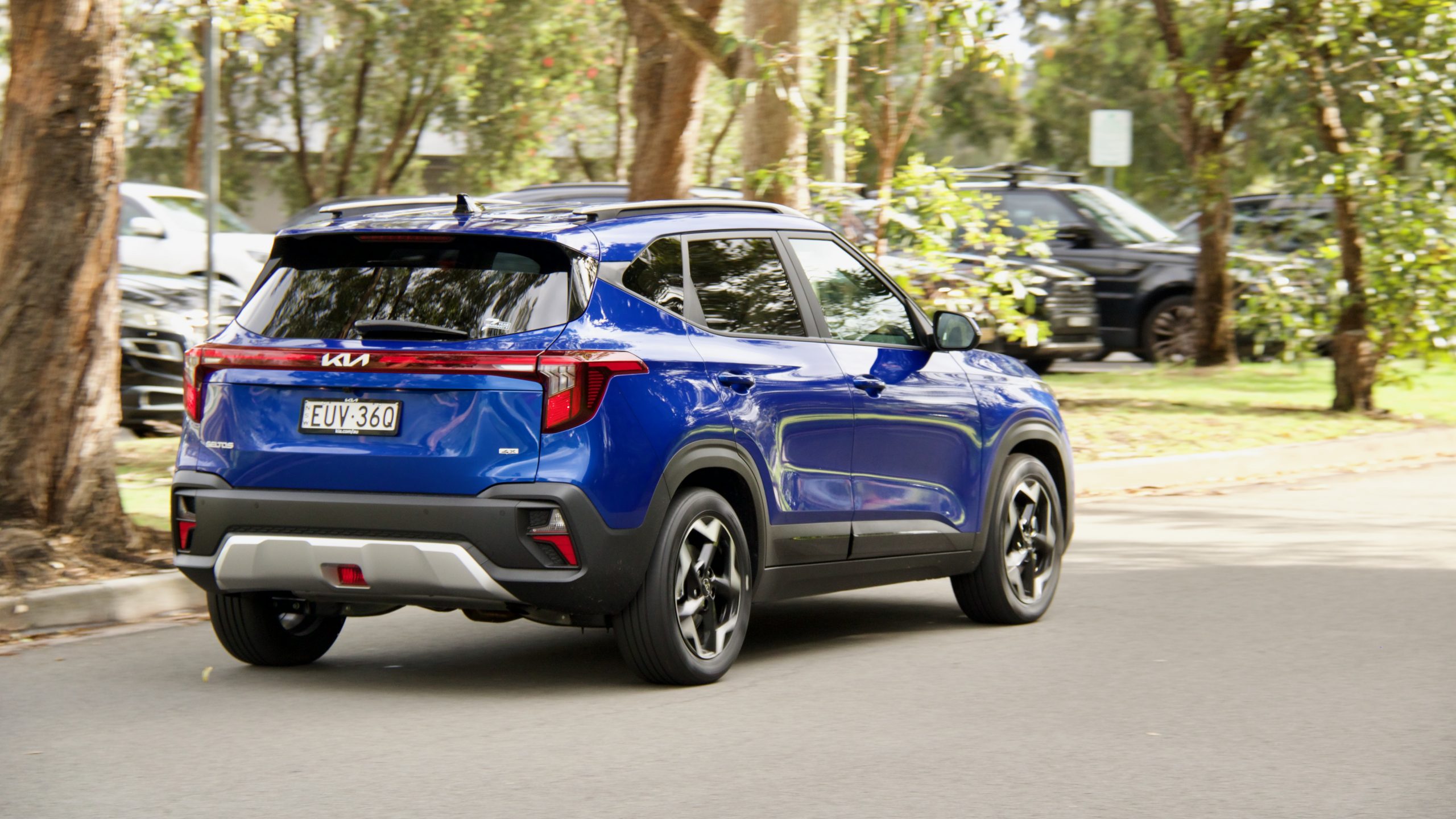
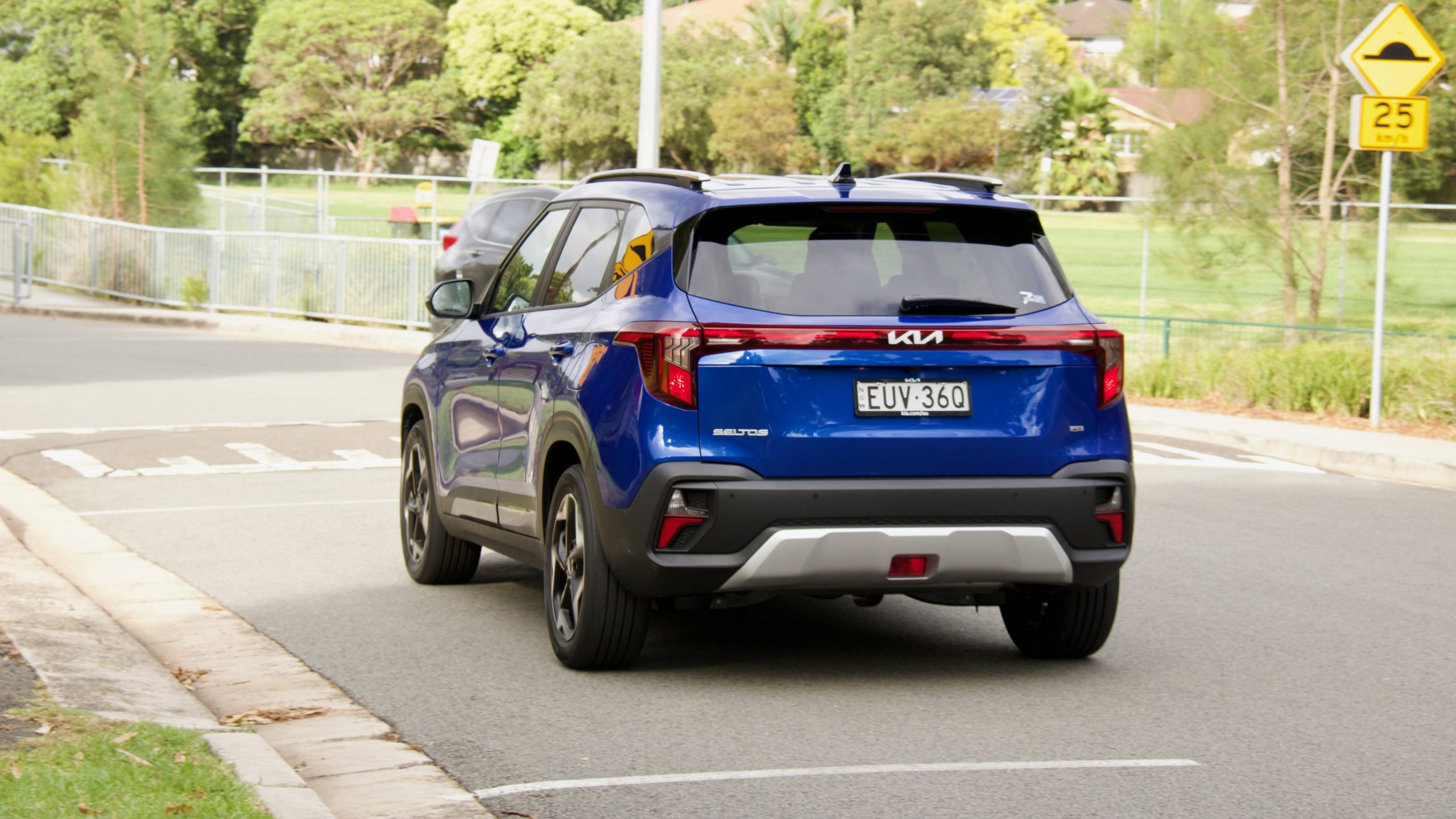
The claimed fuel consumption for the Seltos Sport+ AWD is 7.4L/100km with CO2 emissions of 175g/km. We achieved 12.4L/100km in our testing, making it quite thirsty. Helping costs is that it runs on 91RON regular unleaded and has a 50-litre tank but still, this is no hybrid. It’s disappointing to see Kia not fitting a start-stop system and using a cleaner engine for the Australian market Seltos to reduce emissions – a hybrid Toyota Corolla Cross makes the same 146kW of power, yet used less than half the fuel with us.
Ride & Handling: 9/10
Thanks to the company’s local tuning program, all of Kia’s products ride and handle quite well and the 2023 Kia Seltos Sport+ is no exception. Even in Sport+ guise with not the largest wheels in the range, it handles keenly with quick and surprisingly firm steering – but there’s more feel in Mazda’s heavy rack in the CX-30. The ride quality is also quite good, with quick reactions to bumps and generally settled nature. It’s a touch firm, but rebound control is excellent and movements end quickly.
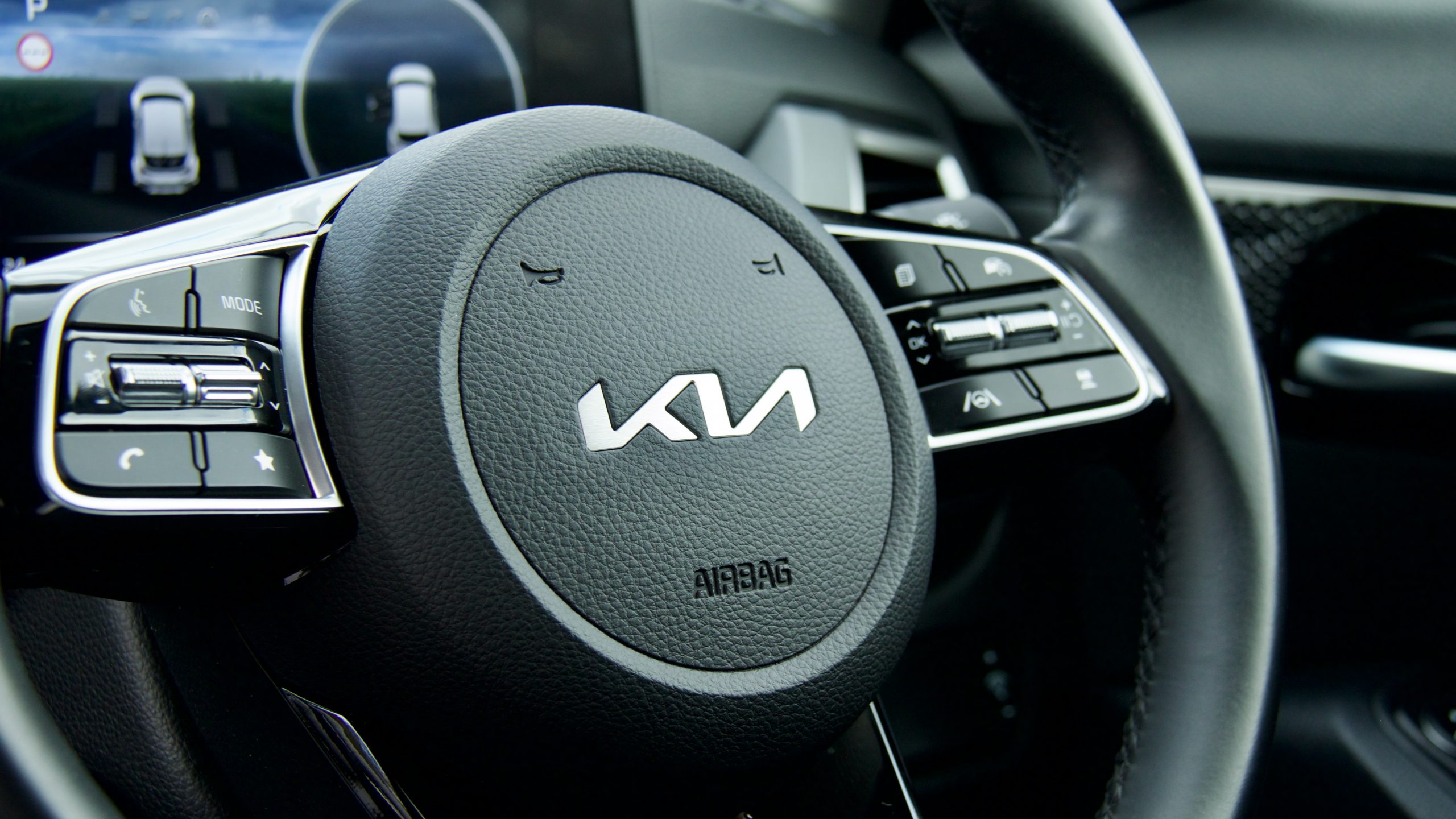
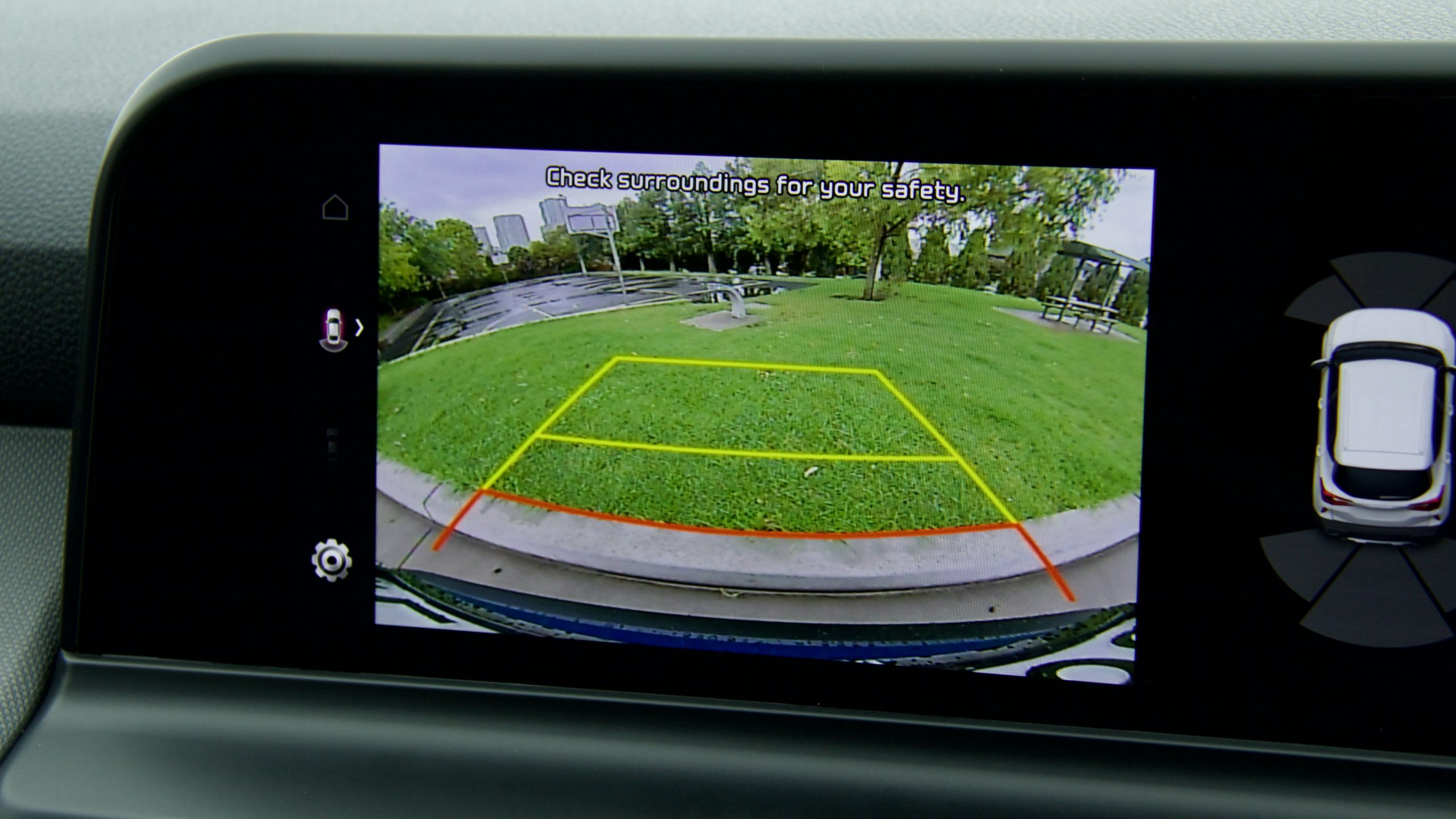
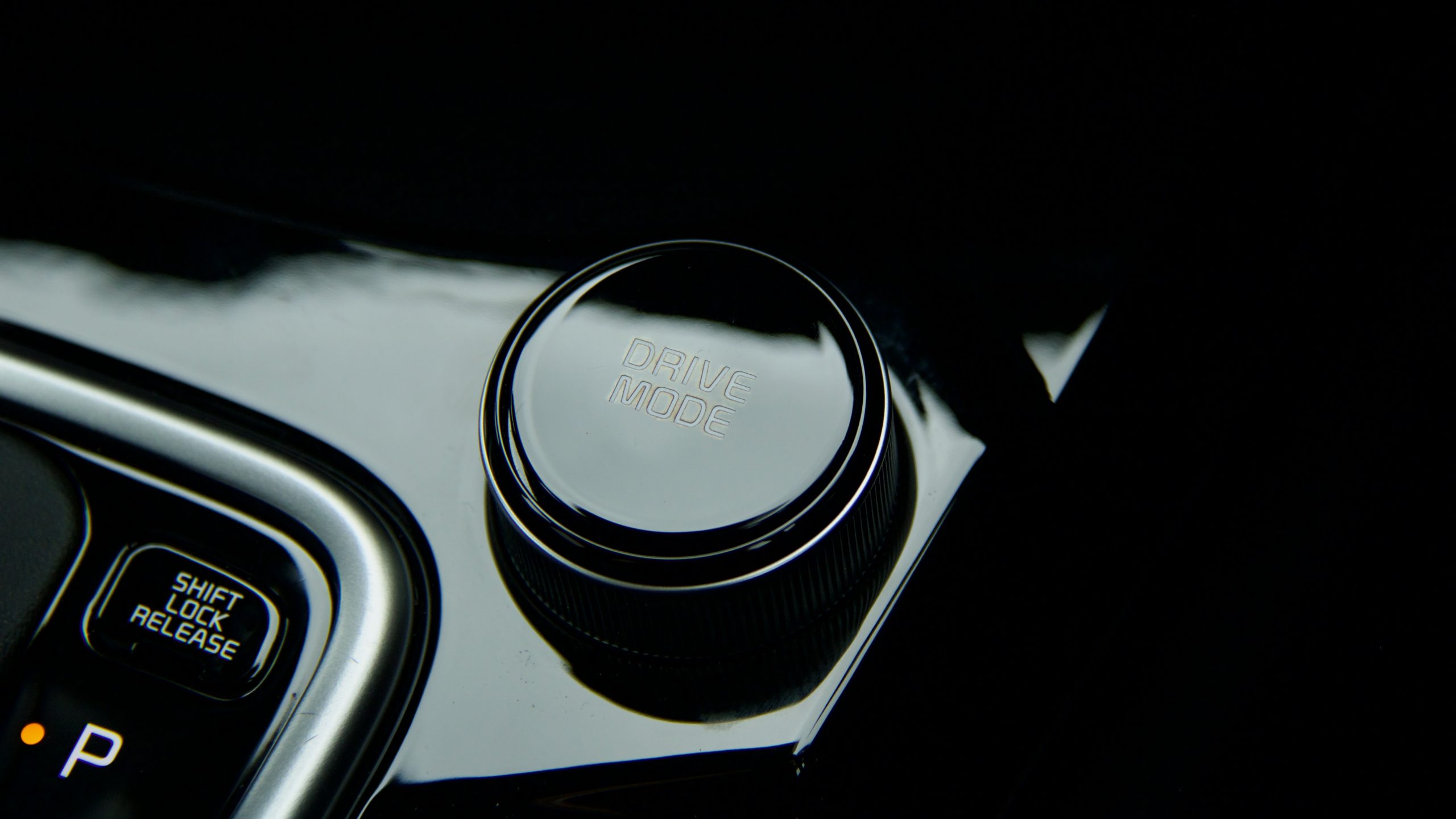
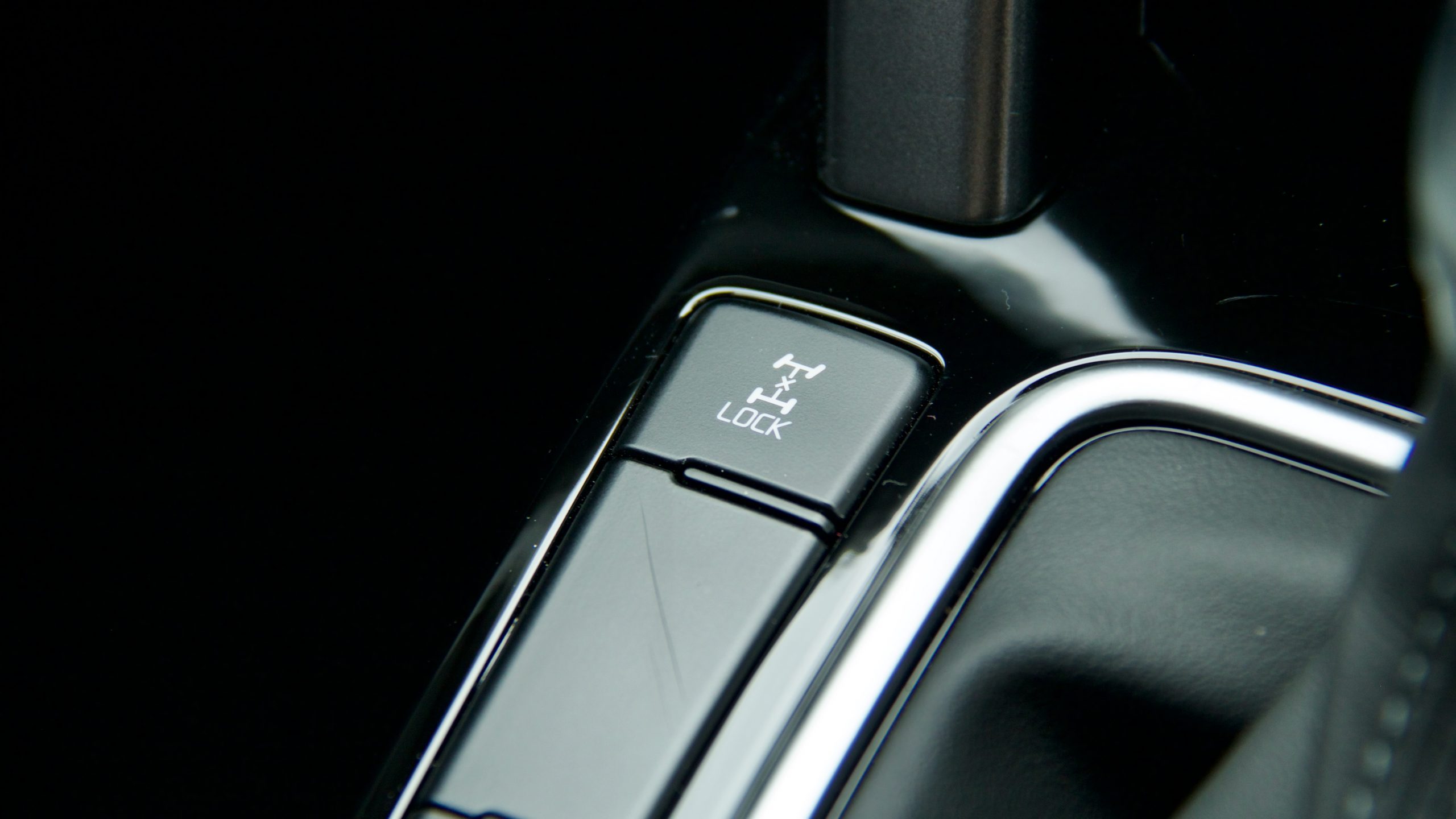
Having tested the front-wheel drive Seltos Sport+ right after this all-wheel drive car – which uses a less sophisticated torsion beam rear suspension set up versus the all-wheel drive car’s multi-link unit – the all-wheel drive car definitely rides better, if that’s what you’re looking for. The difference between the two isn’t huge, but the front-wheel drive car’s rear is definitely firmer over even smaller bumps. Drive both and see what you think.
Elsewhere in the Seltos’ driving experience is mostly positive. Road noise levels aren’t great but the visibility is pretty good and Kia’s active safety systems are well tuned. Unfortunately, a new feature has made its way on to the Seltos’ equipment list: intelligent speed assist, which uses the camera in the windshield to relay speed limit information to the driver with audible warnings.
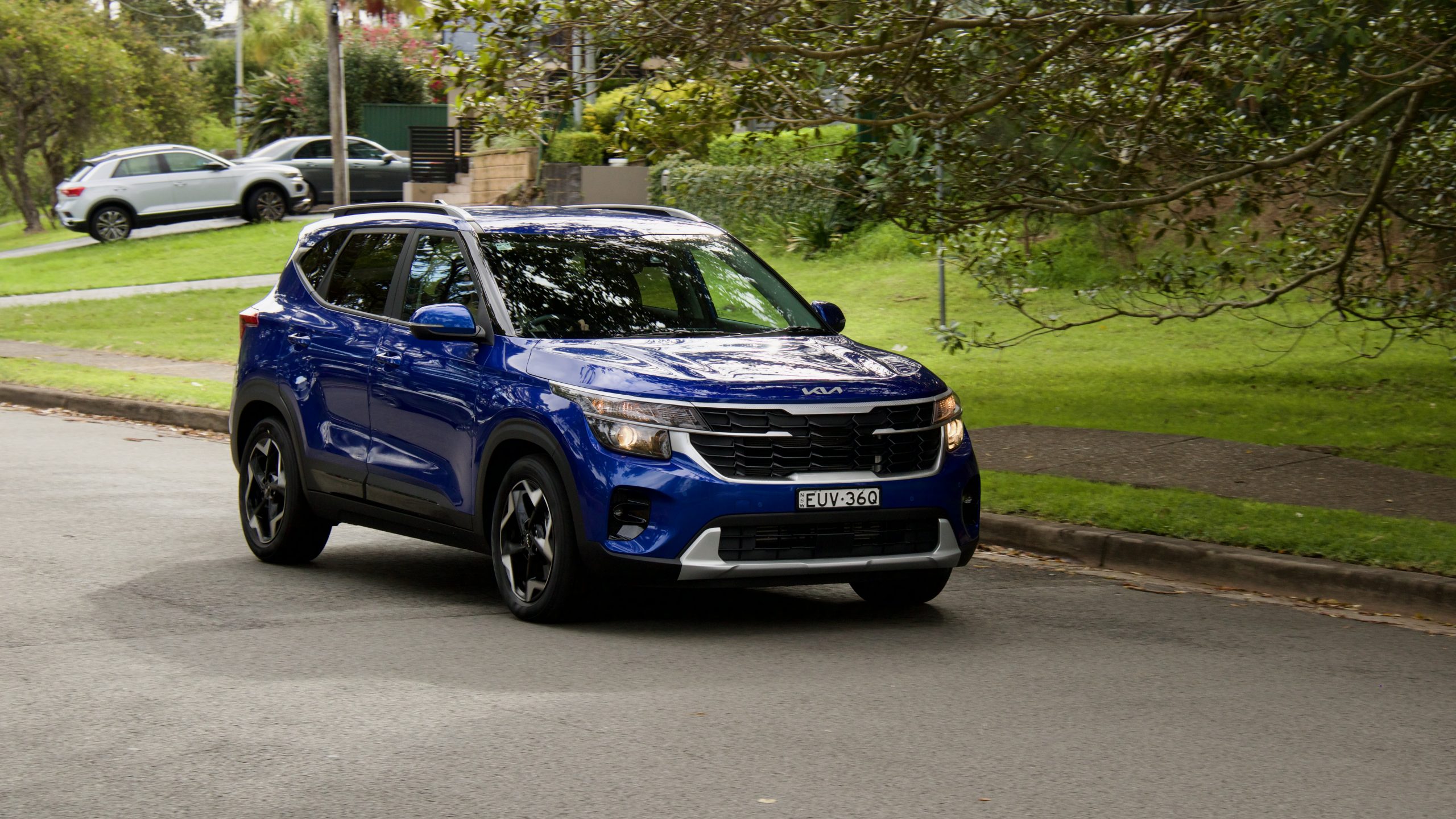
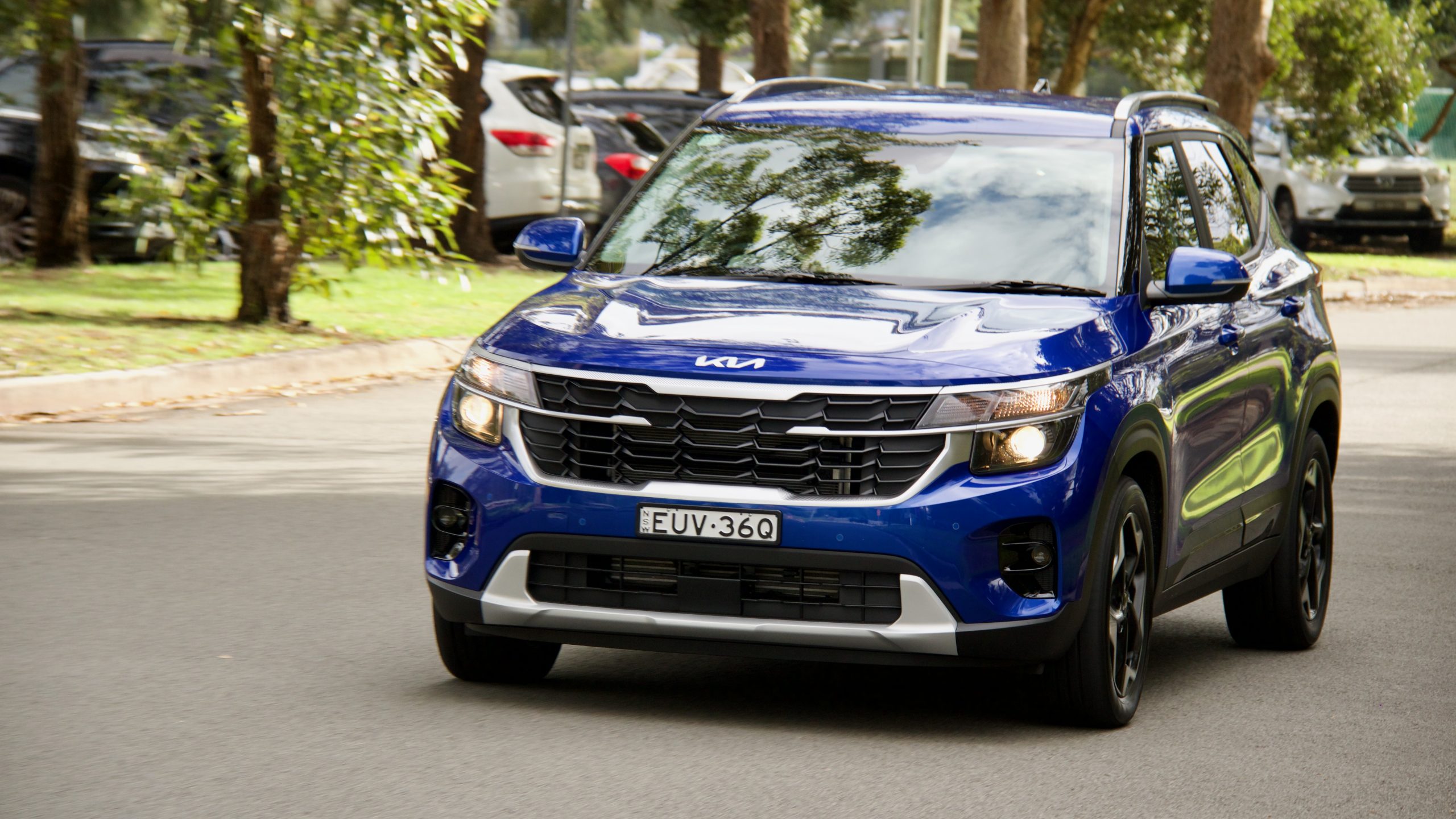
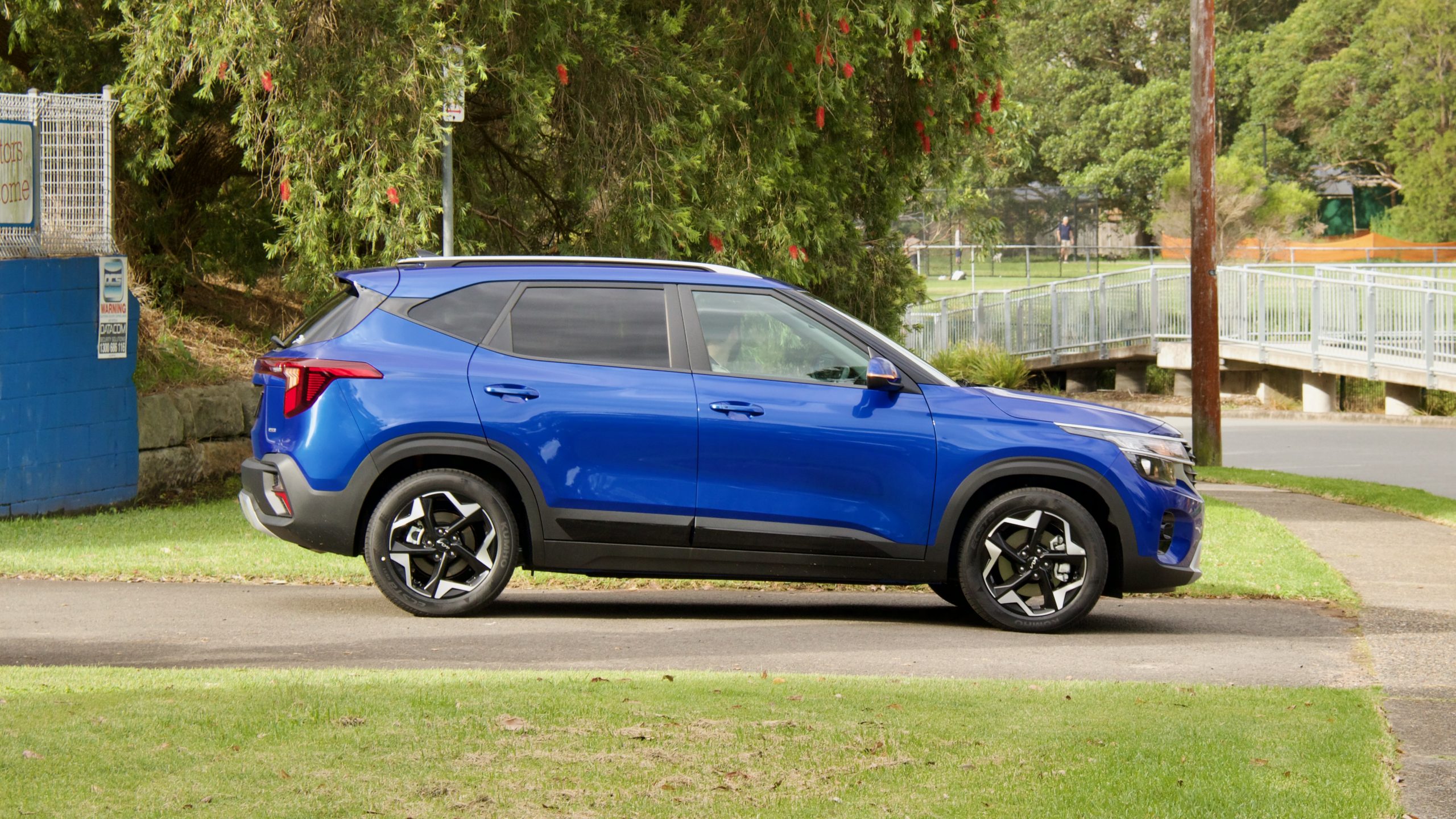
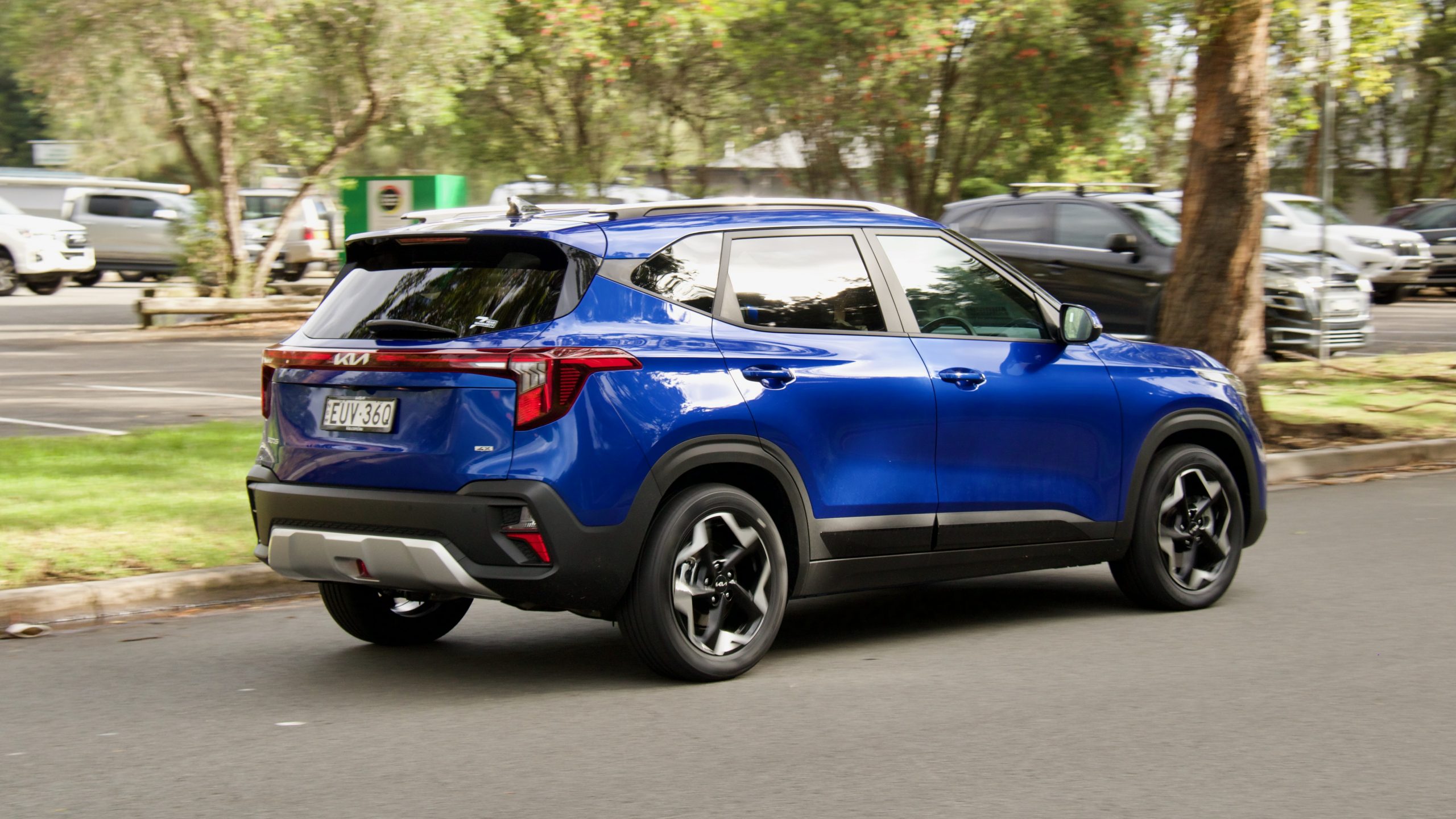
It’s a frustrating system because the camera will pick up school zone signs, for example, on weekends and beep at you to tell you that you’re speeding – but you aren’t, because it’s the weekend and schools aren’t in session! You can turn it off, thankfully, but it turns on automatically with every start, it’s not easy to find and when you do, all speed limit information disappears. We like systems like this – especially in speed camera-obsessed Australia – but it’s the audible part that’s frustrating. We hope Kia removes the audible part of the system soon.
Interior & Practicality: 8/10
The interior of the 2023 Kia Seltos Sport+ received a nice update with its mid-life facelift, with new screens, new trims and a new digital driver’s display. Disappointingly, all the materials are hard and scratchy plastic, which makes it feel quite cheap inside (despite costing $42,000 drive away) – especially in comparison to the luxurious CX-30 and its various leather trimmings everywhere. With some plusher materials on the dashboard and doors, the Seltos’ cabin would be a much nicer place to spend time.
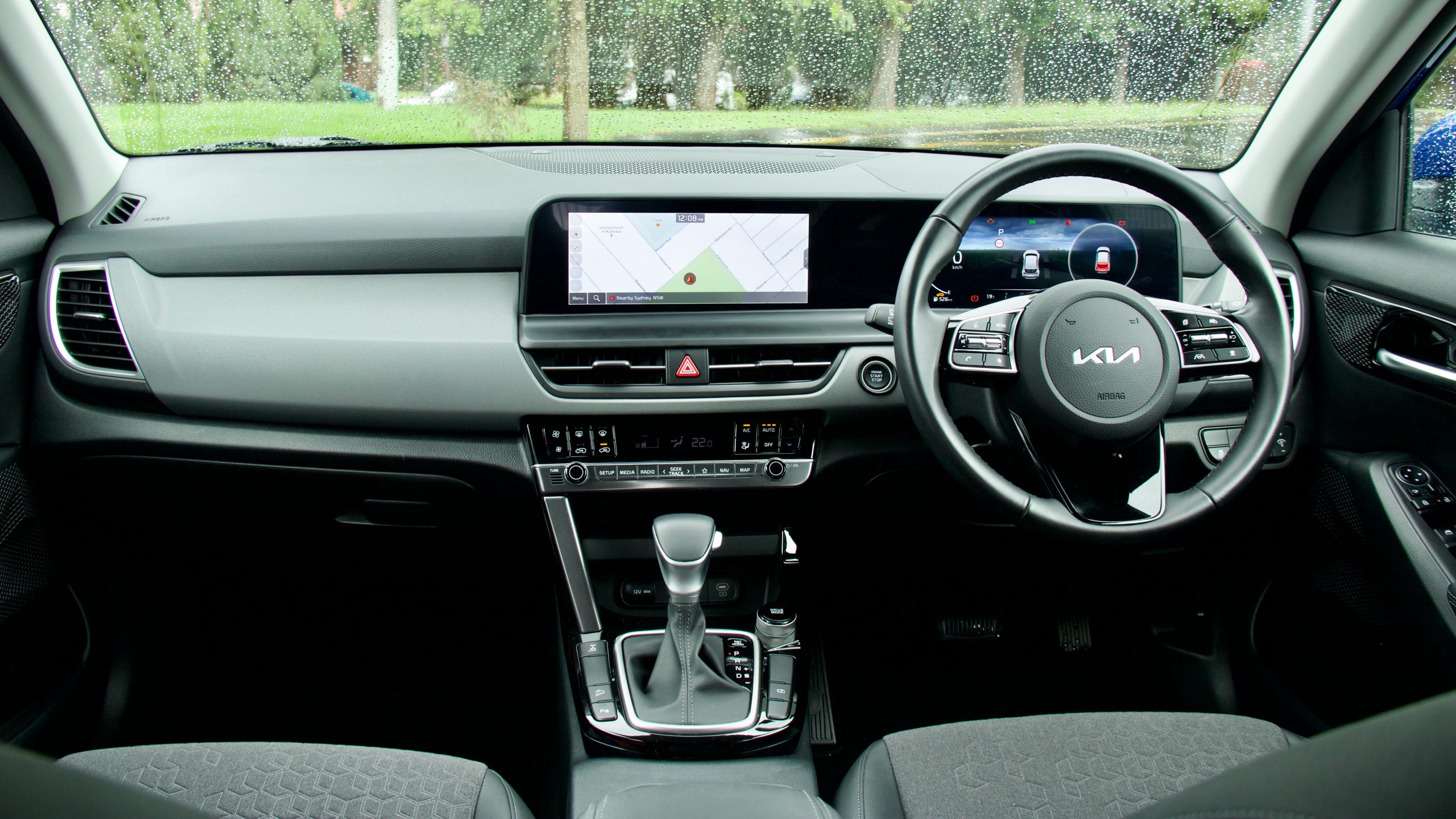
Thankfully, the rest of the cabin experience is more positive. There’s excellent storage with reasonable door bins, a nice-sized bin under the central arm rest, good cup holders and a big dual-level tray ahead of the gearbox – though you have to spend an extra $5,000 to get to the top-spec GT-Line to get a wireless phone charger on said tray, which we think should be standard across the range.
As we’ve seen in other Kia products with the same system, the Seltos’ 10.25-inch central touchscreen is great. It’s quick to respond to touch, easy to use and the colours are bright as well. It’s also well featured with wired Apple CarPlay and Android Auto, satellite navigation and digital radio – plus, there are live services like weather and live traffic. The six-speaker sound system is reasonably punchy too, but it’s nothing special. There are two front USB ports – one USB-C for charging and an older USB-A for smartphone mirroring – but we wish the CarPlay and Android Auto were wireless.
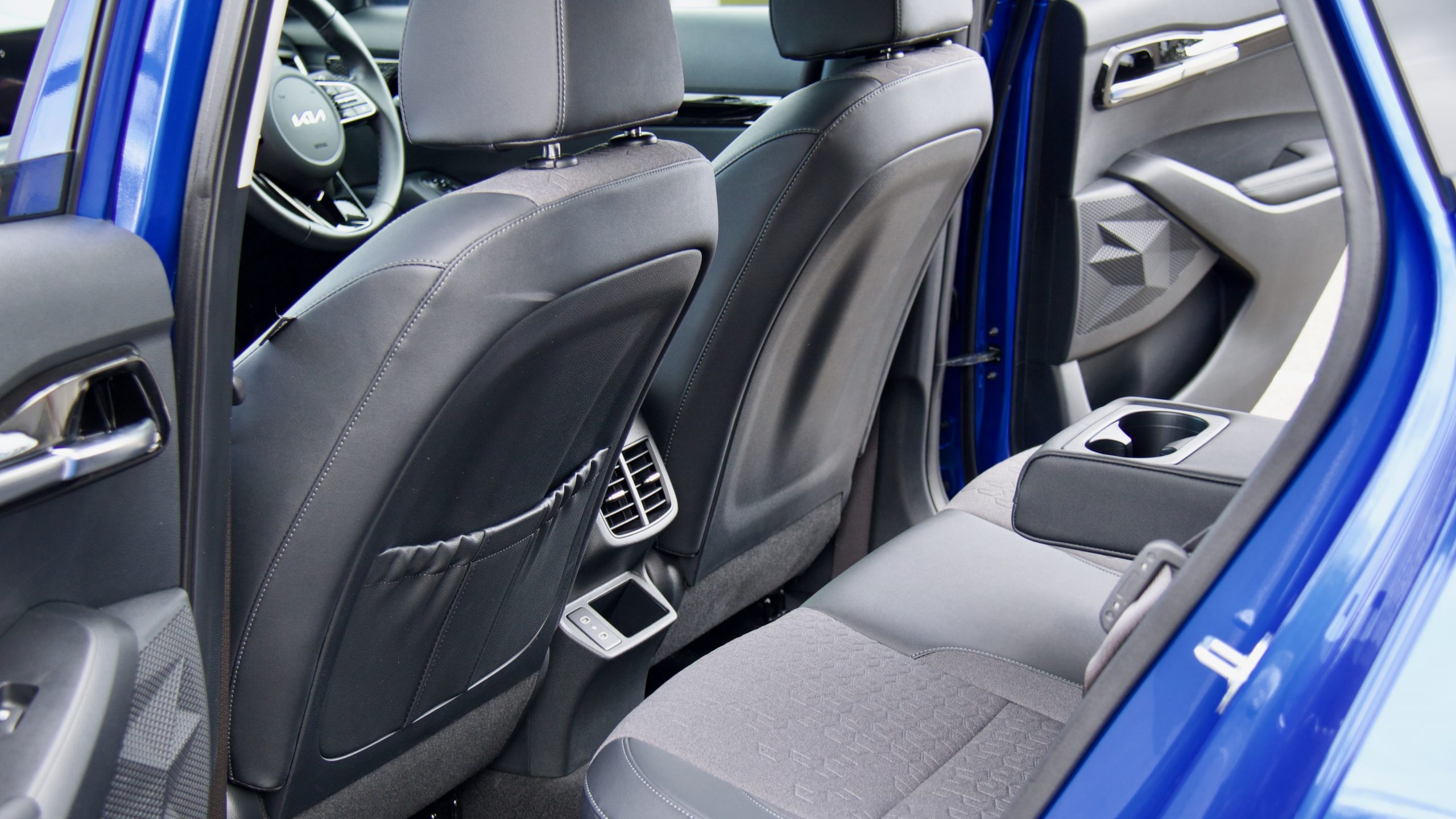
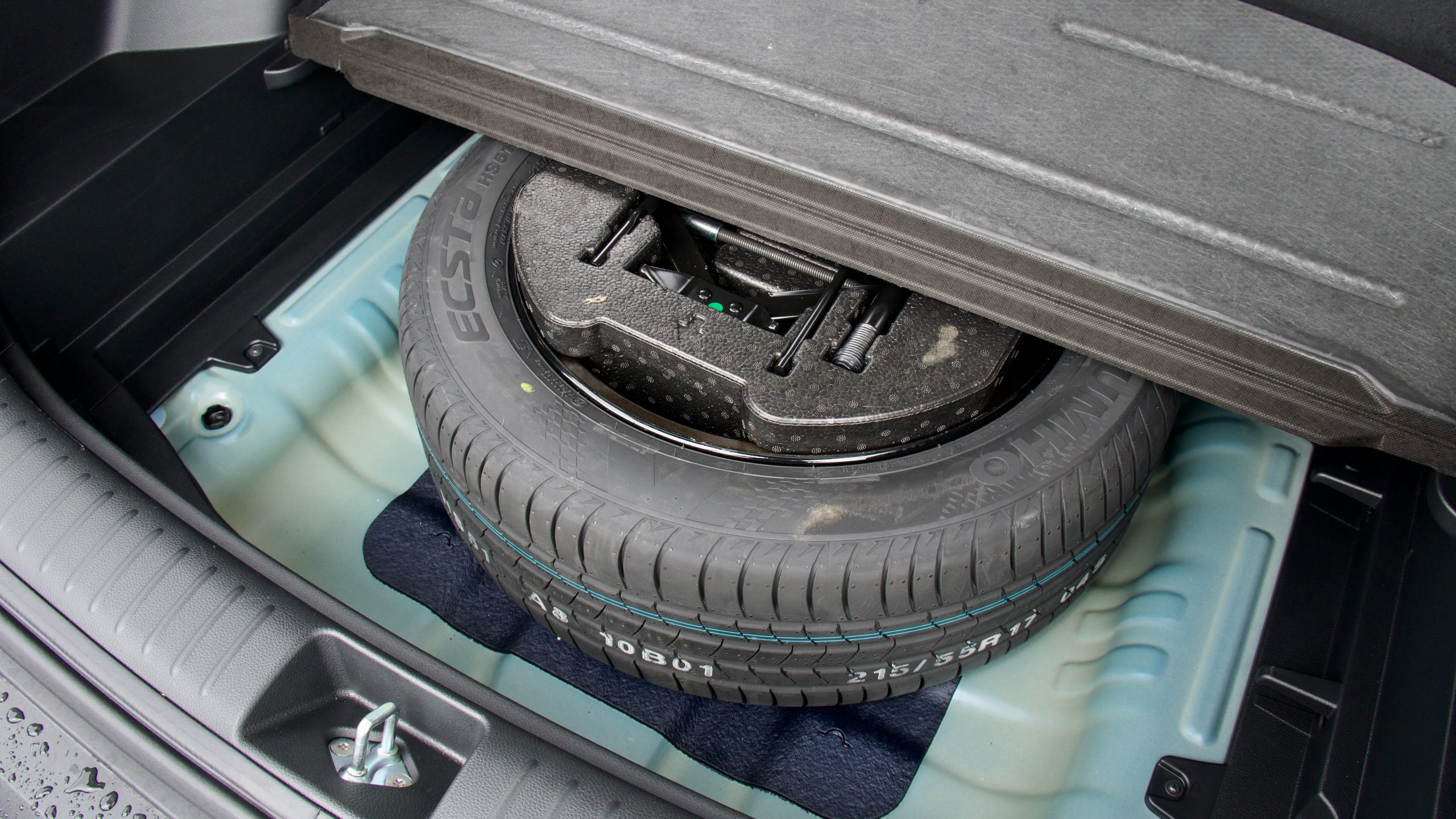
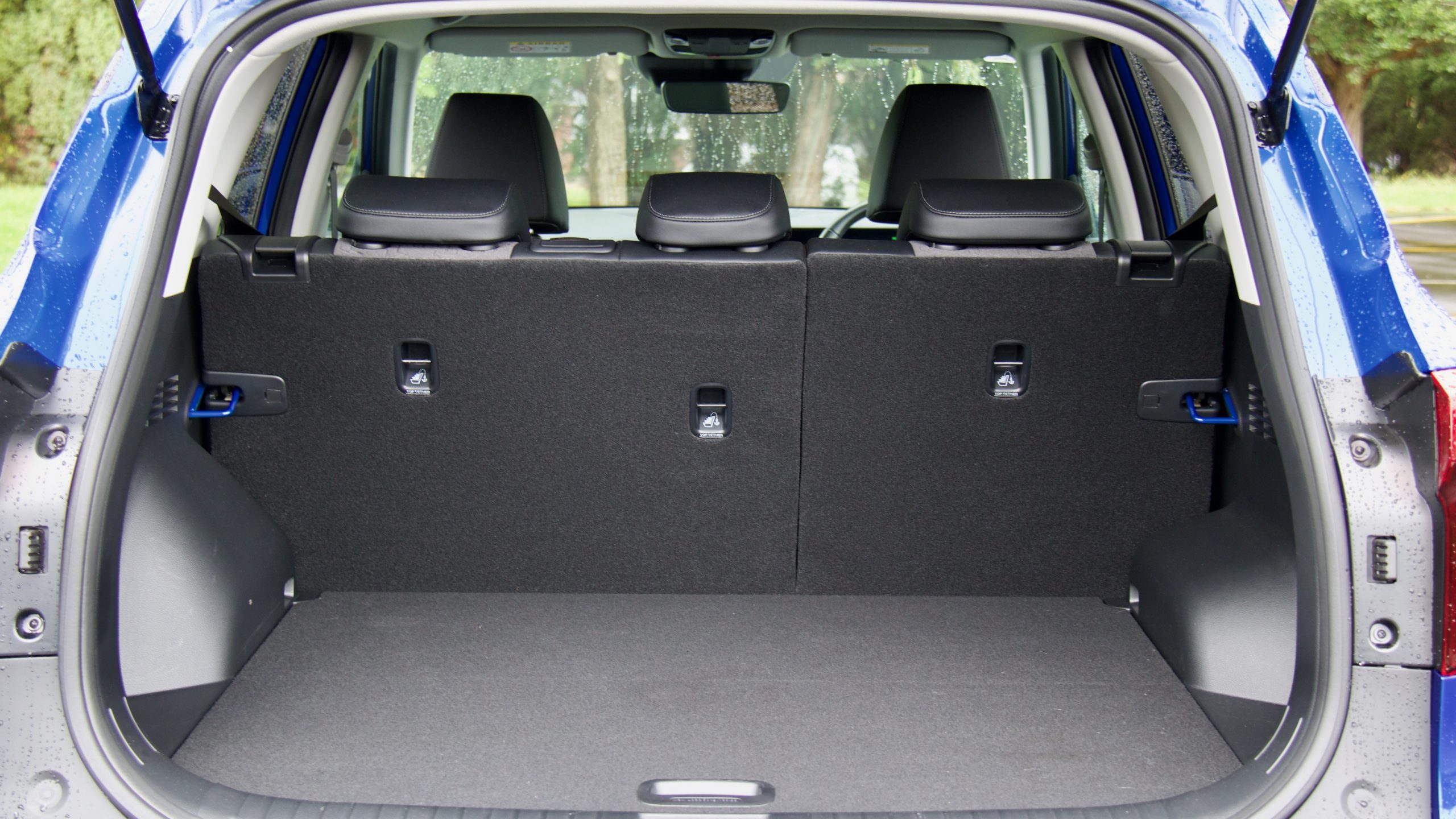
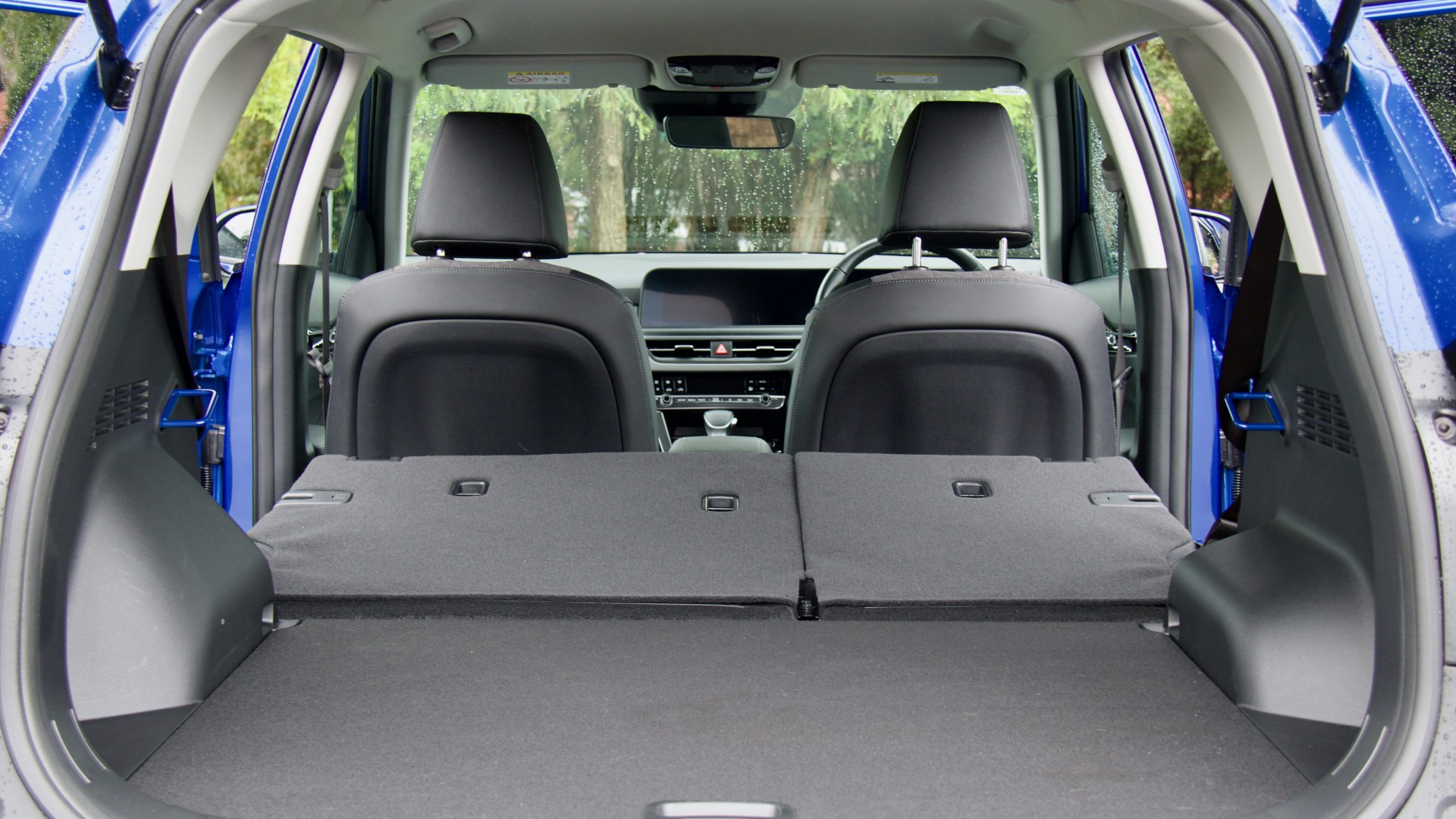
The rear seat of the Seltos is a great size for its relatively small dimensions. Two six-footers will be more than comfortable with good legroom and excellent headroom. There are also reasonable door bins, one map pocket, air vents, an armrest with cup holders and two USB-C charging ports. In the segment, you don’t get better than the Seltos for the rear seat experience, in our opinion.
The boot of the all-wheel drive Seltos is nicely size too at 433-litres with the seats up and 1,393L folded – 43L bigger than the Corolla Cross GXL Hybrid with the seats up and a full 116L larger than the CX-30 G25 Touring. There’s under-floor storage too, and even a full-size alloy spare wheel – that’s especially great compared with the Corolla Cross AWD, which has no spare at all – but no hooks or nets.
Service & Warranty: 8.5/10
As with other new Kia products, the 2023 Kia Seltos Sport+ AWD has a seven-year/unlimited km warranty with one year of roadside assistance that’s topped up to eight years in total if serviced through a Kia dealership. Five years/50,000km of servicing – thanks to the 1.6-litre turbo engine’s short 10,000km service intervals – costs $2,178 ($435 per service). Buying the less expensive 2.0-litre engine increases the service intervals to 15,000km, which is something to consider if you’re comparing the two.
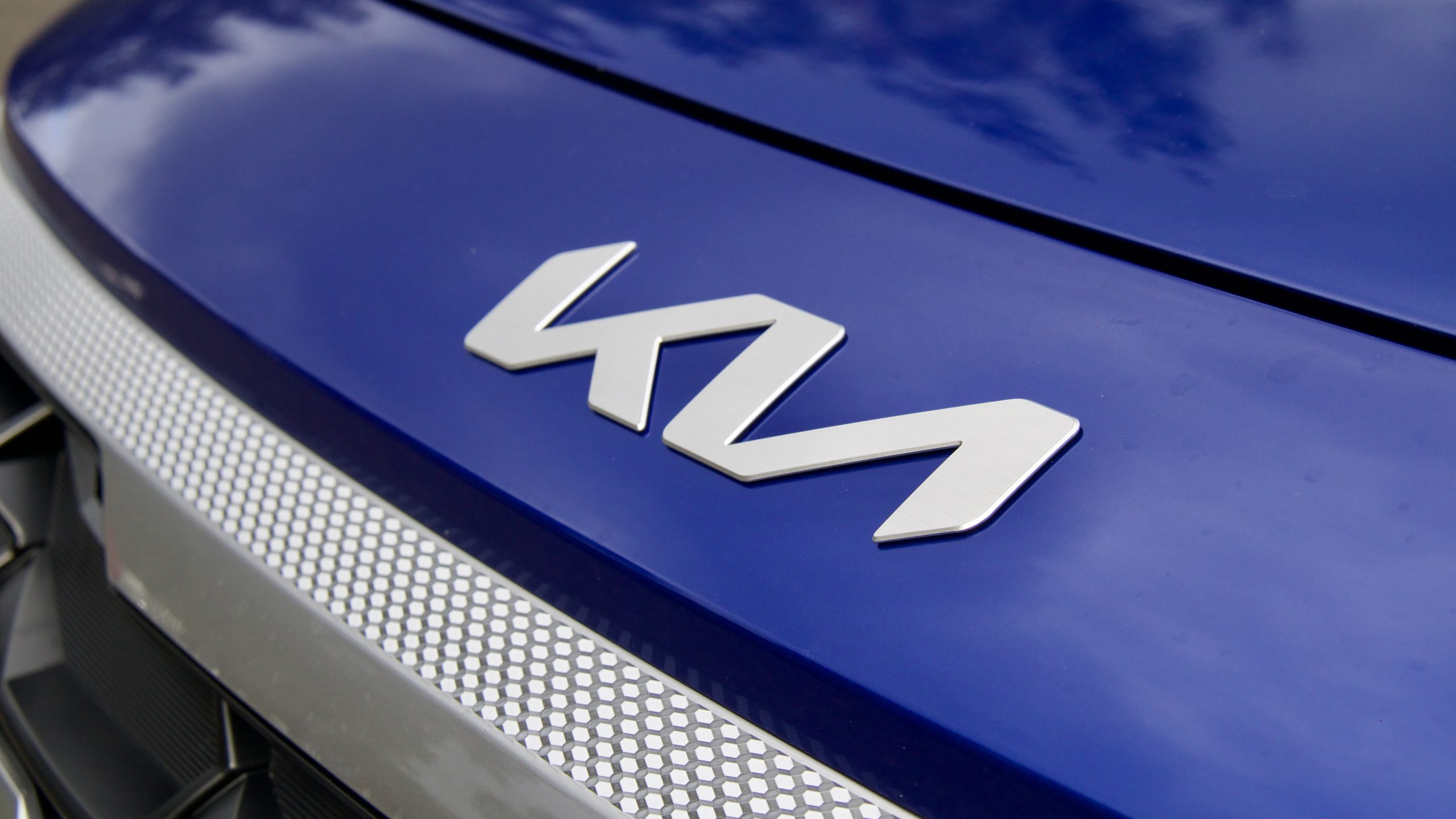
Mazda and Toyota both feature lesser five-year/unlimited km warranties, though both have their strengths and weaknesses. Mazda gives you five years of roadside assistance regardless of where it’s serviced and Toyota gives you none, but if you service your Toyota at a dealer, you get up to seven years of warranty for the engine and up to 10 years of warranty for the hybrid system. The CX-30 has the same short 10,000km intervals as the Seltos and costs $2,011 to service ($402 per service) and despite longer 15,000km intervals, the Corolla Cross costs just $1,150 (just $230 per service).
The DiscoverAuto Kia Seltos Sport+ AWD Rating: 8.1/10
The 2023 Kia Seltos Sport+ AWD is still a great option in the upper-small SUV segment that’s definitely worth consideration. It offers a lot of talents like a practical cabin, an excellent ride and handling balance, a long list of safety equipment, a long warranty and a punchy turbo-petrol engine. It’s also a good size – it’s not too big on the outside, but spacious enough on the inside.
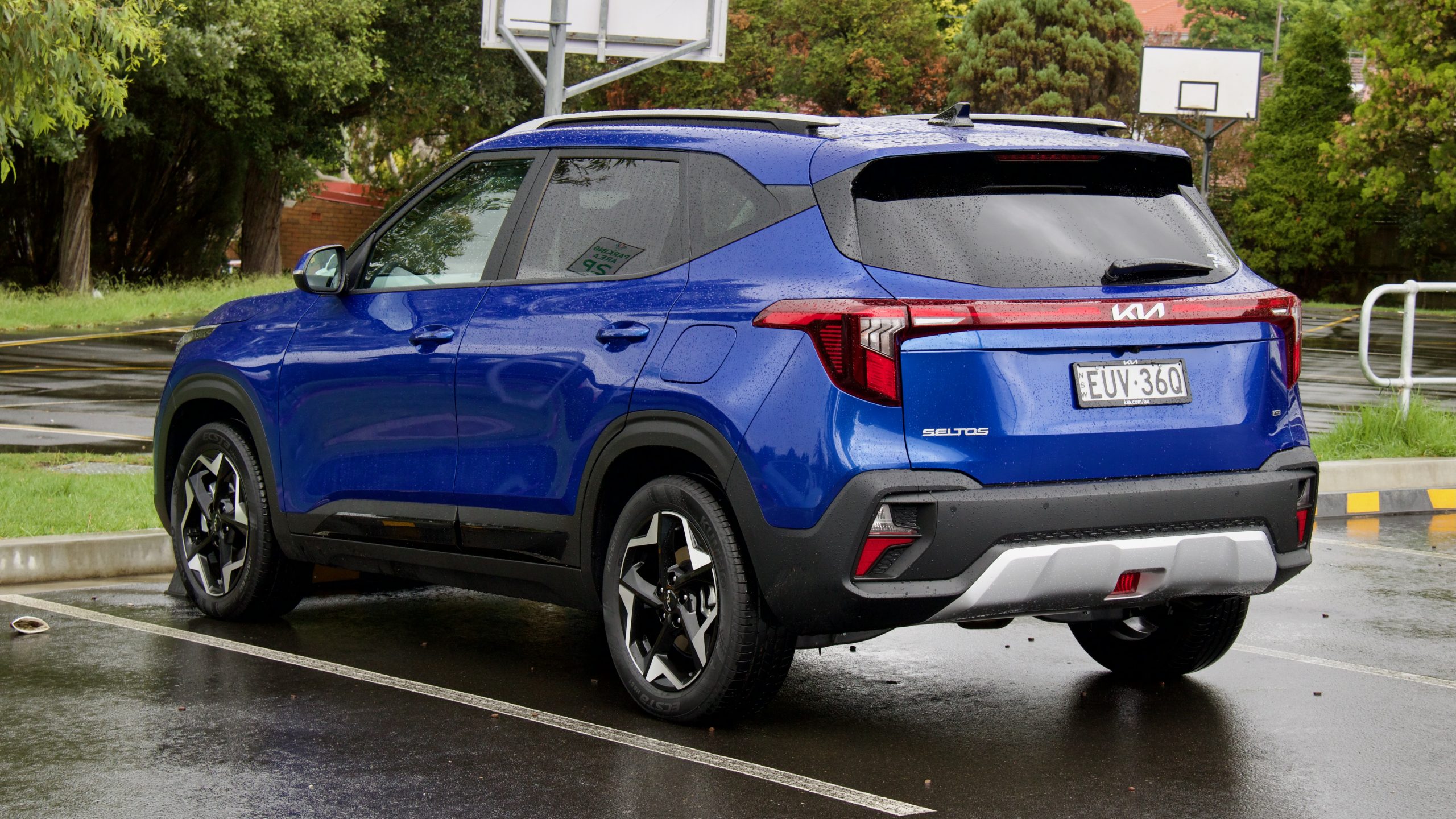
It’s a likeable product, though it’s not perfect – the turbo-petrol engine is quite thirsty, the Sport+ grade in the range feels under-equipped and the cabin needs better quality materials. We also think that Kia should offer a hybrid drivetrain in Australia instead of the Niro hybrid, as a hybrid Seltos exists overseas. With these bits of extra polish and the aforementioned hybrid, we think the Seltos would be unbeatable but regardless, it’s still a good offering in the segment well worth consideration.
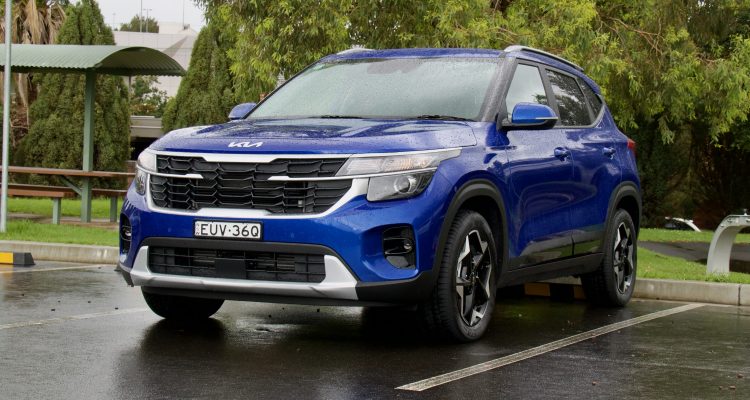
Leave a Reply